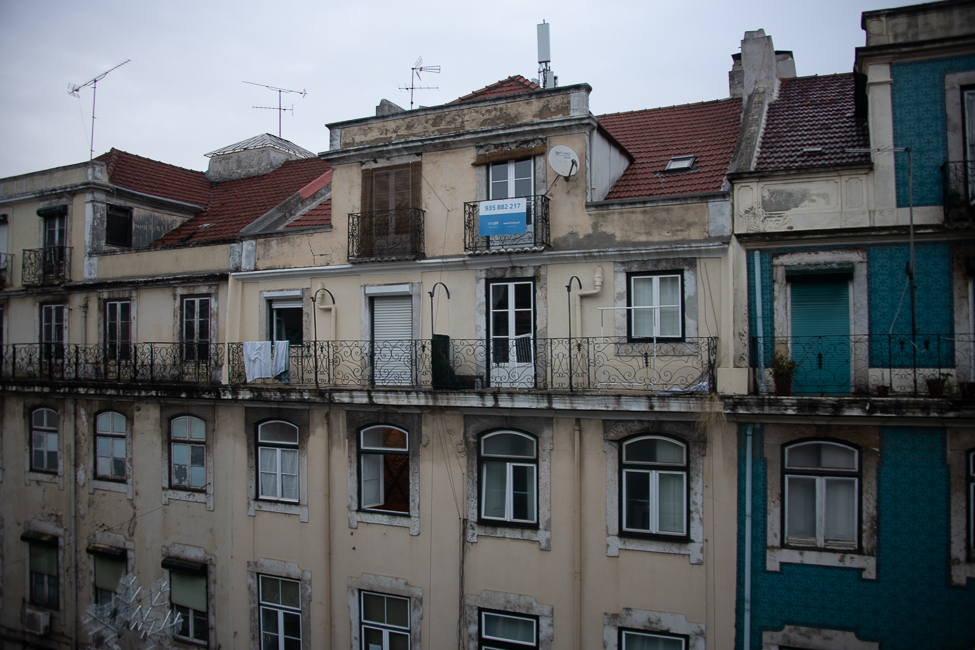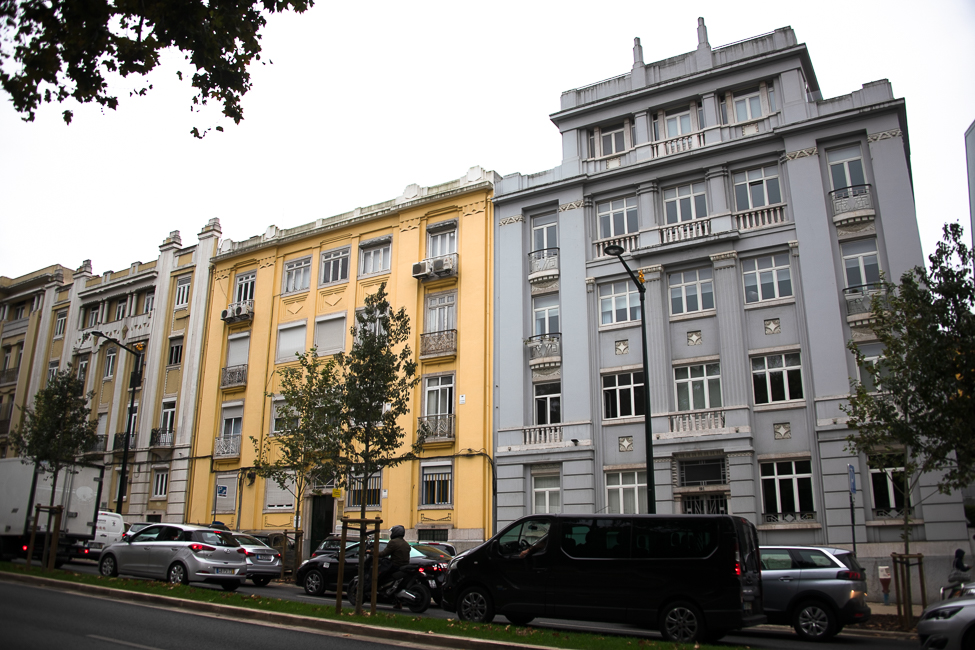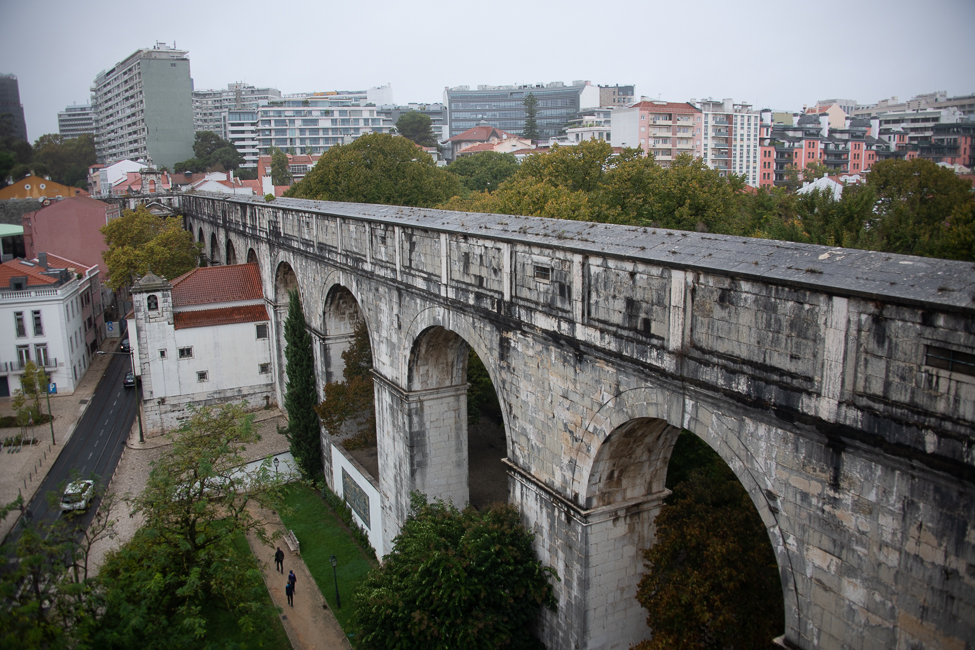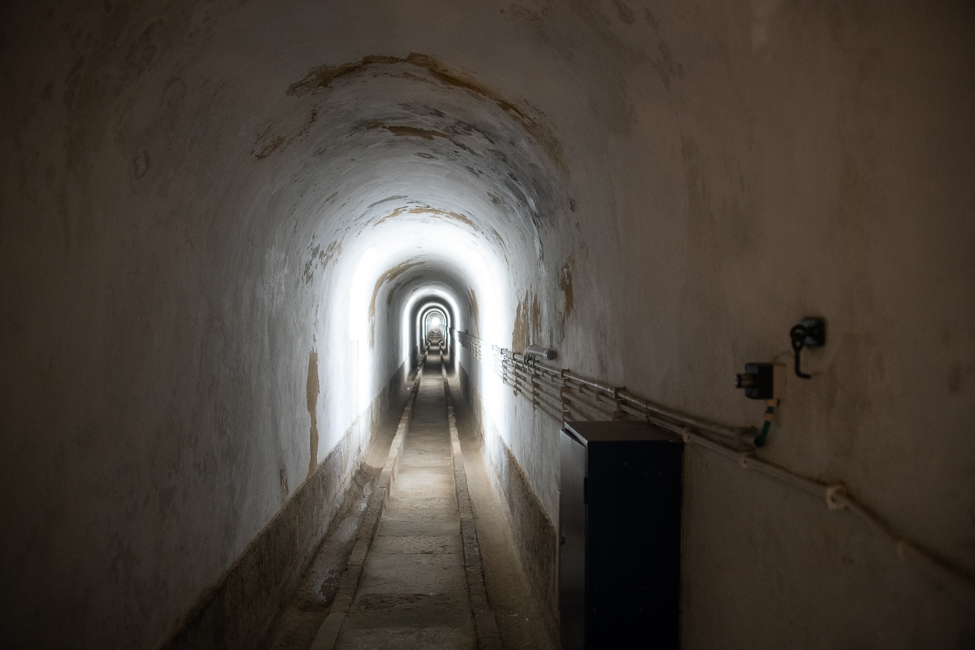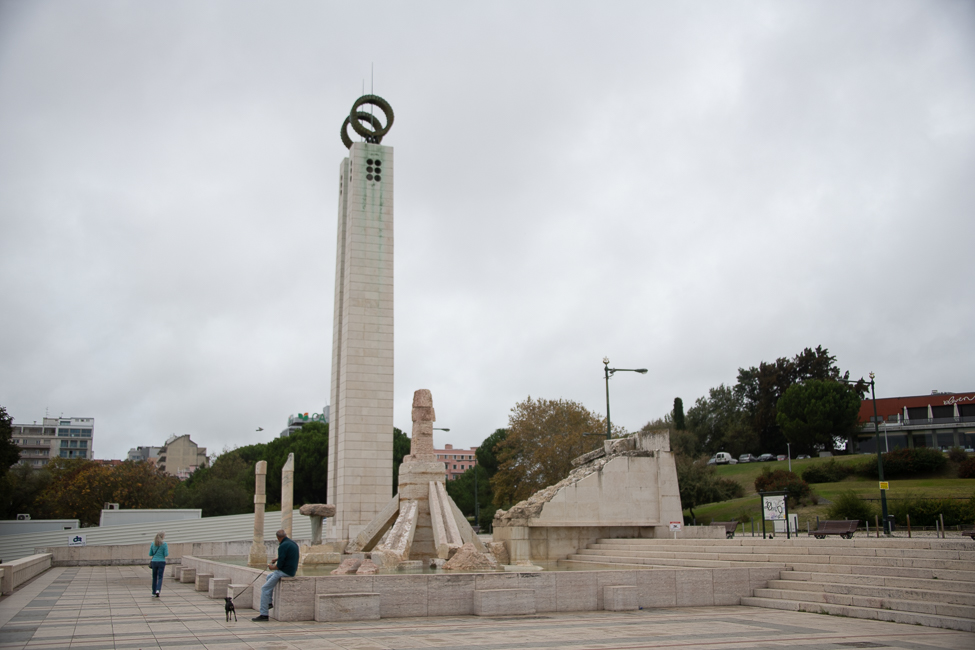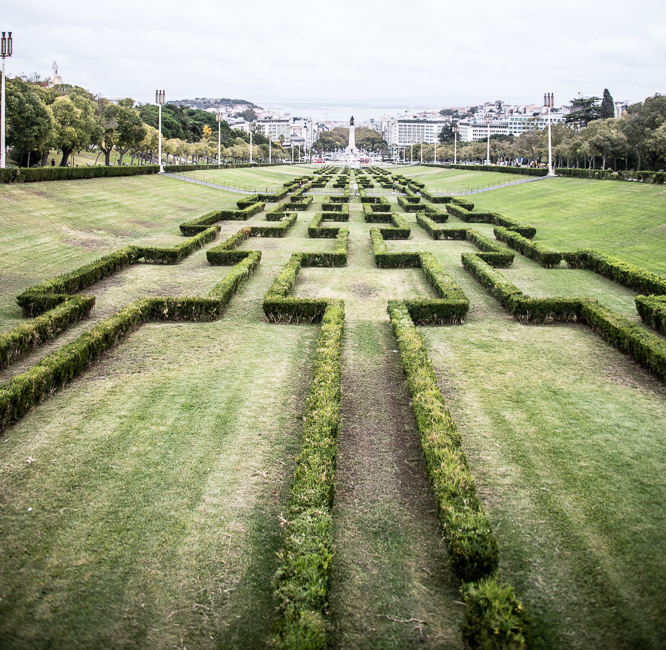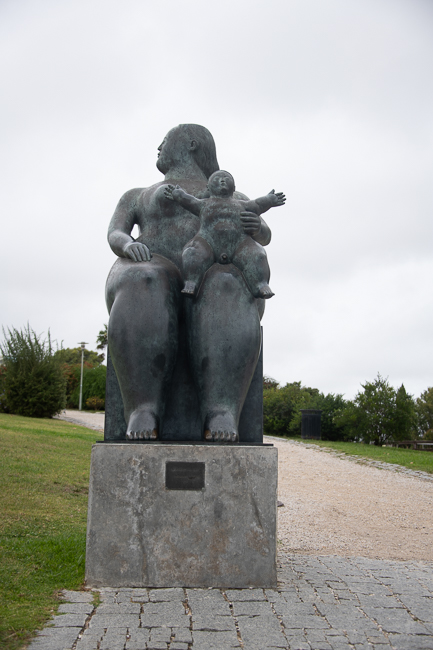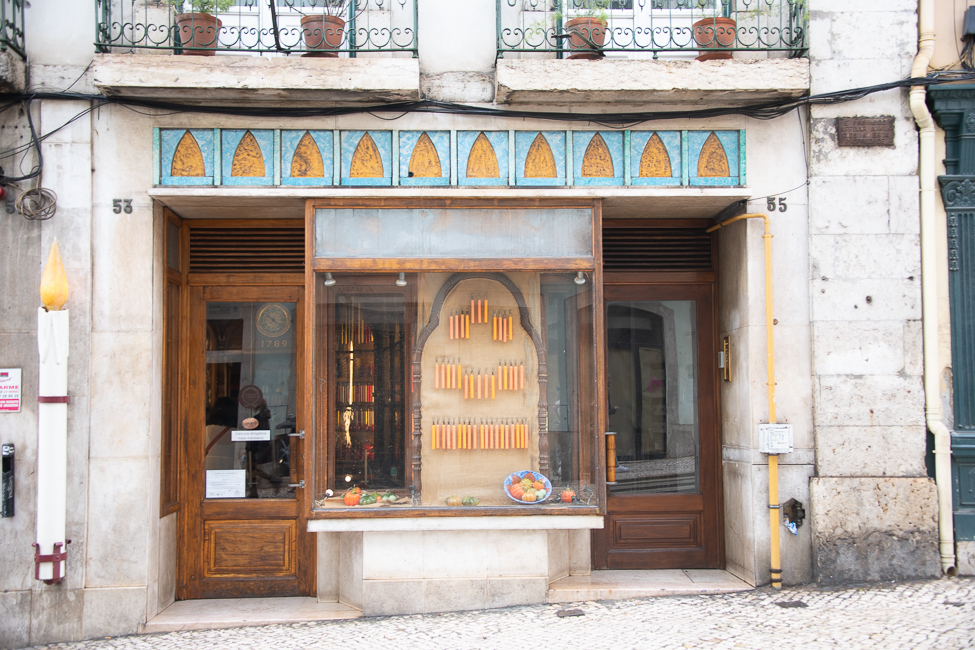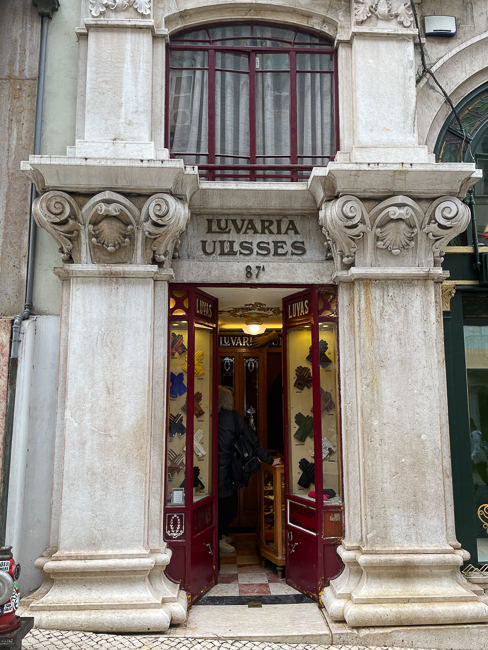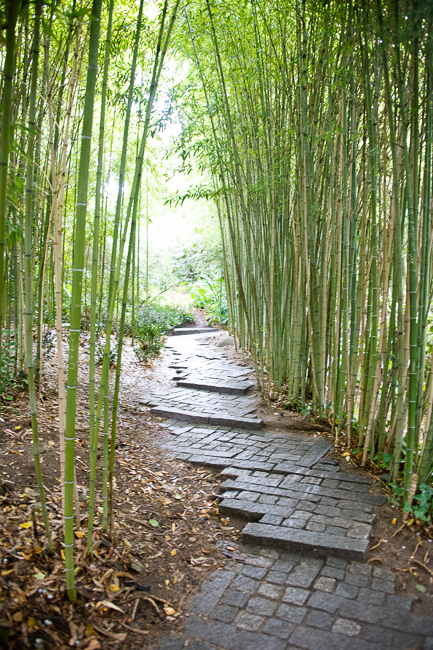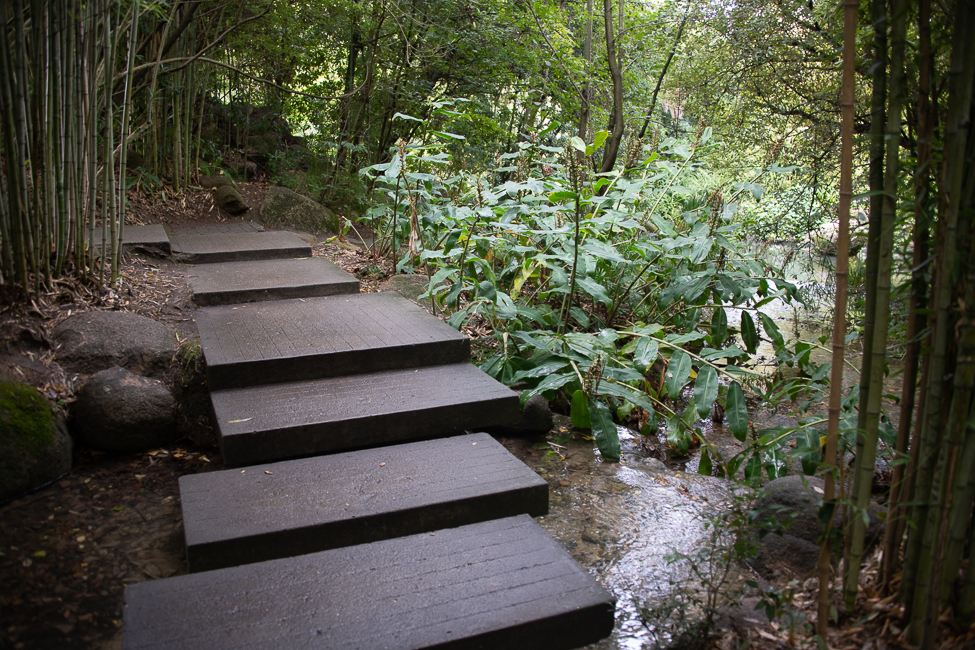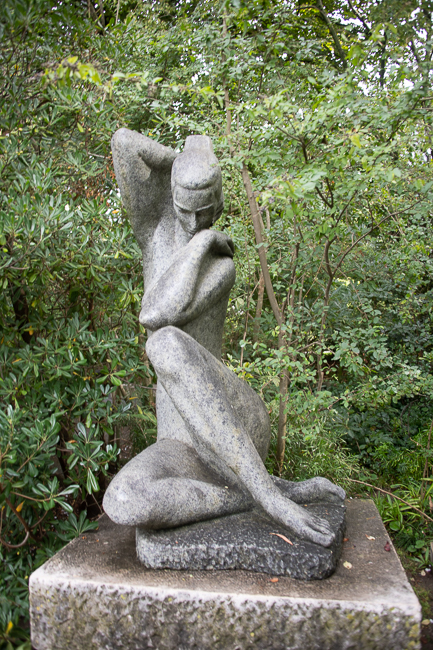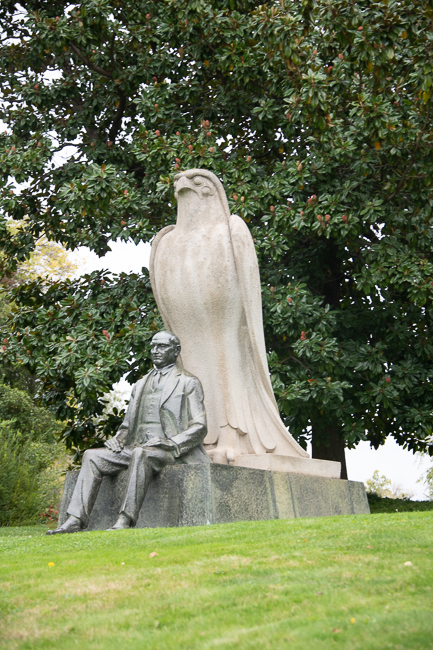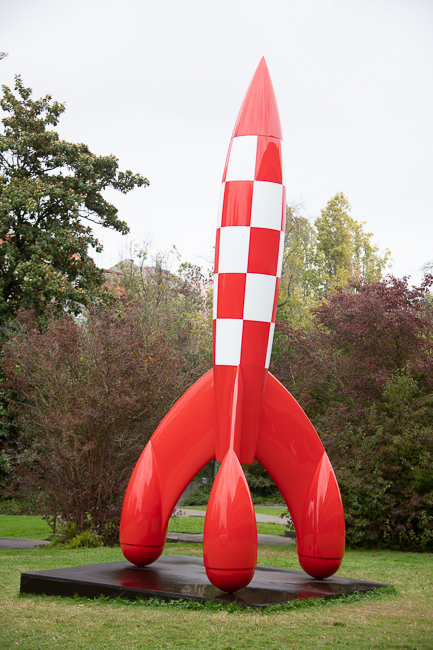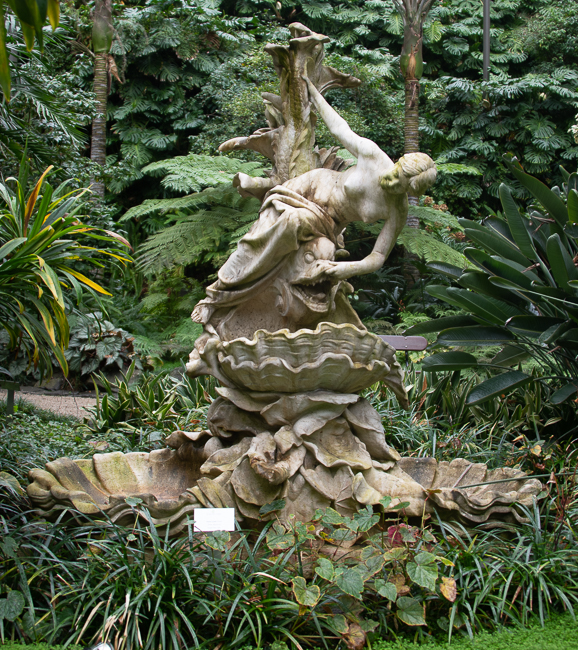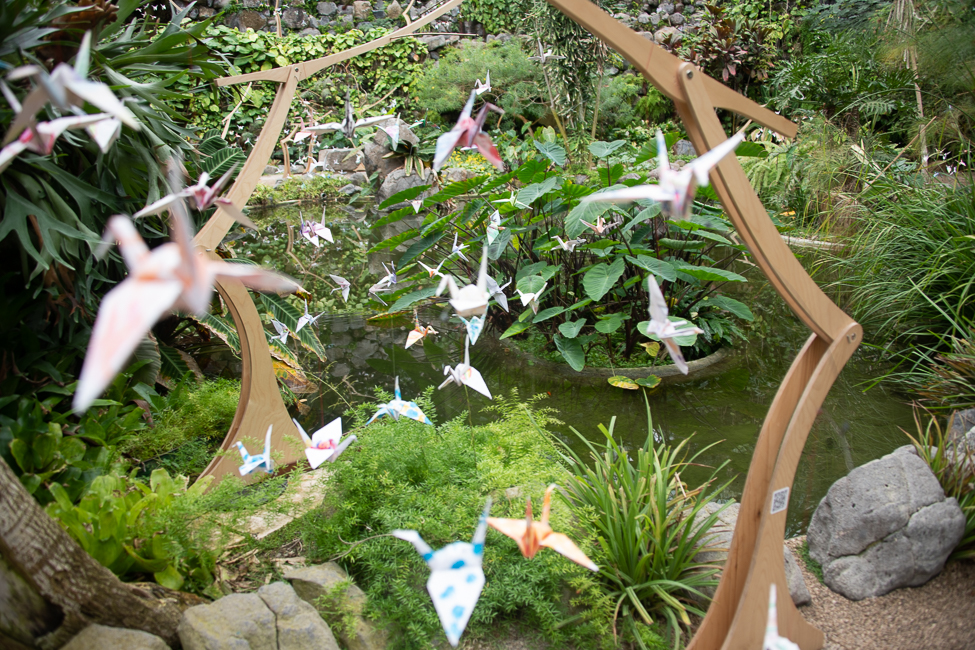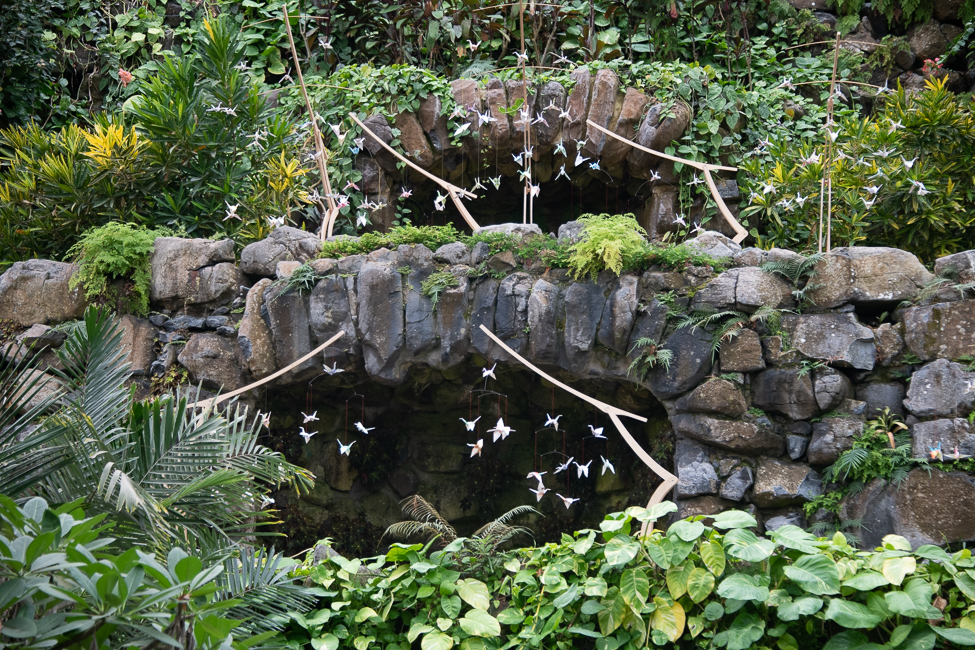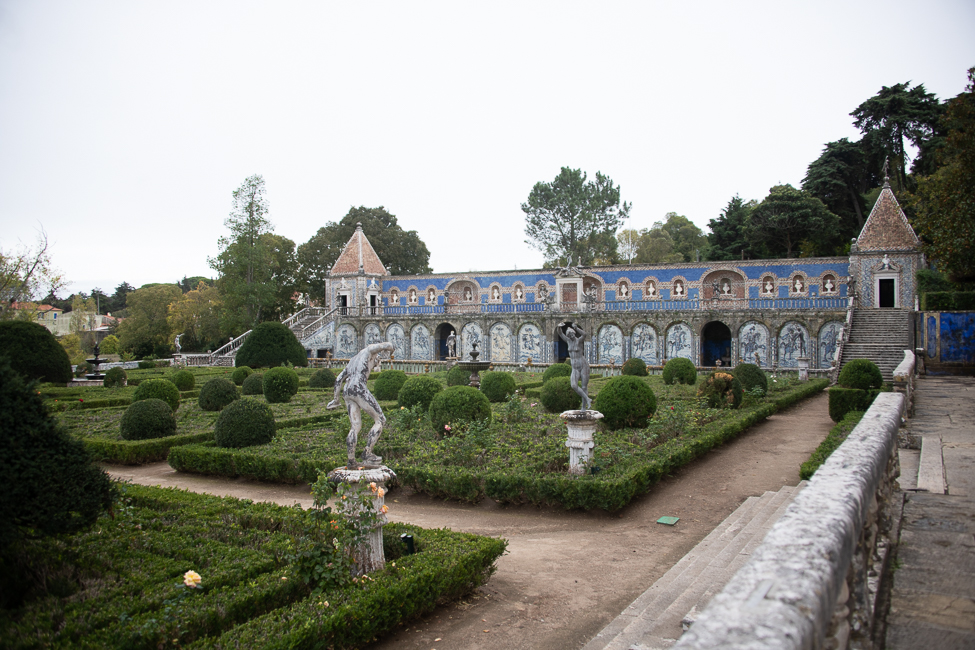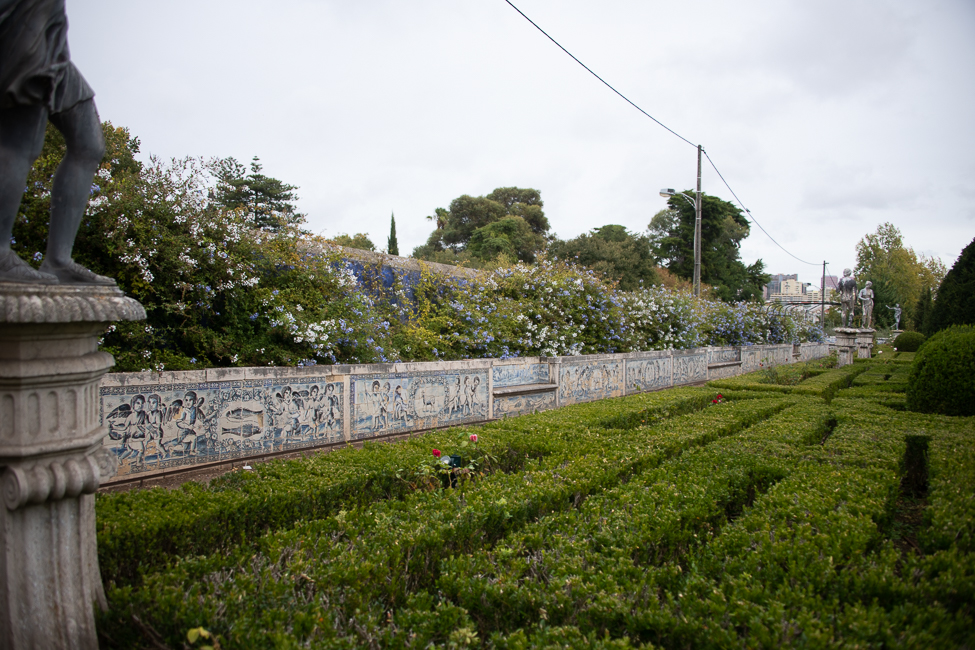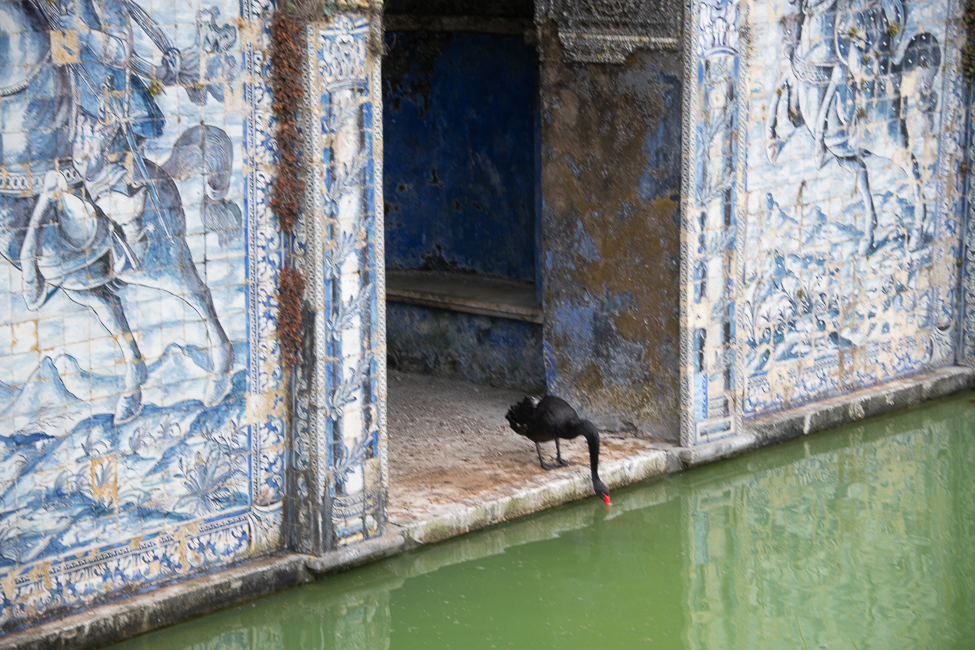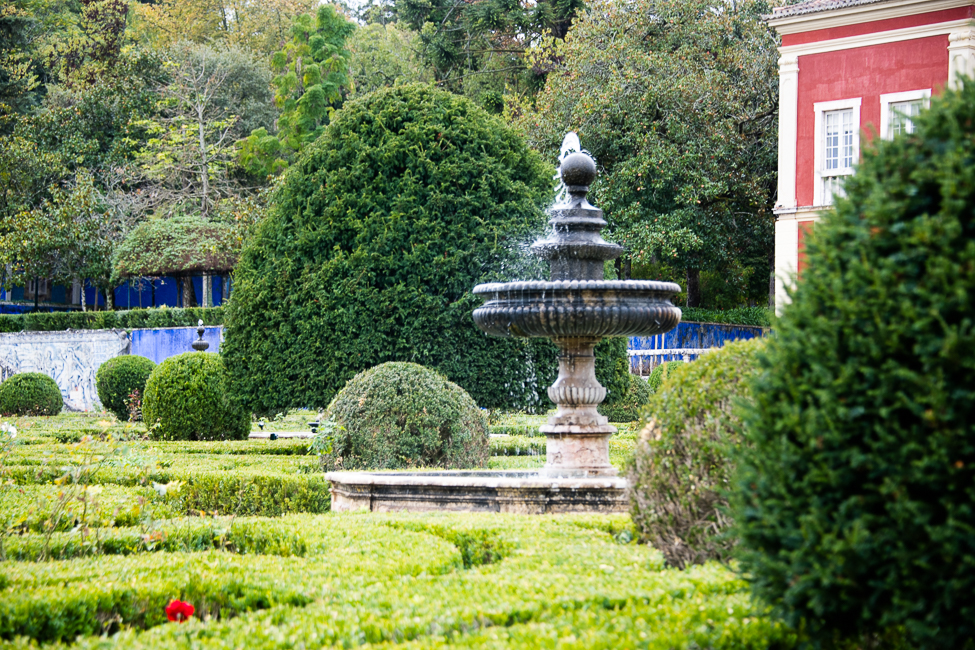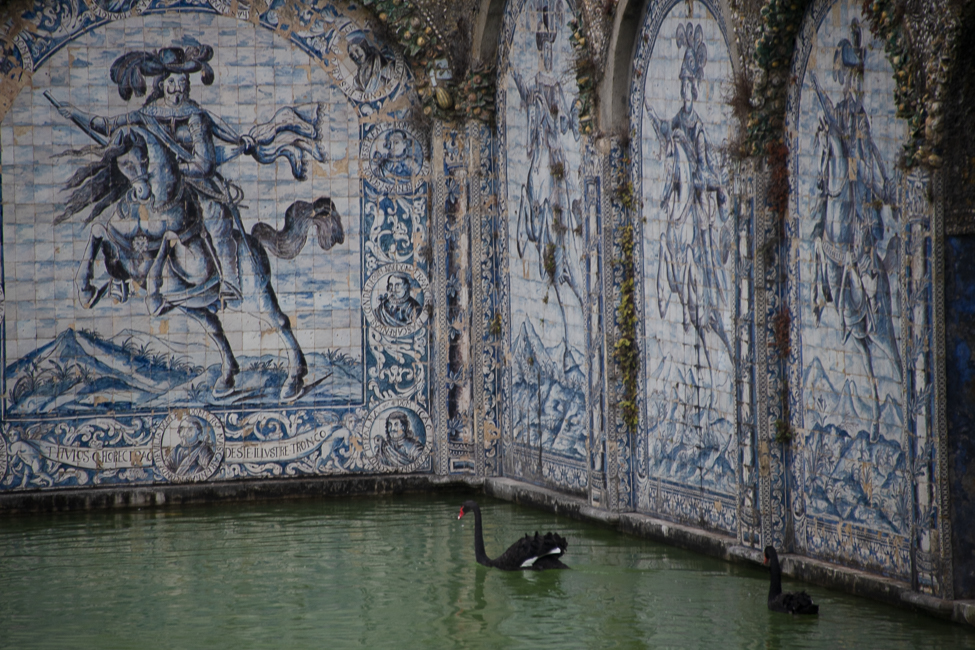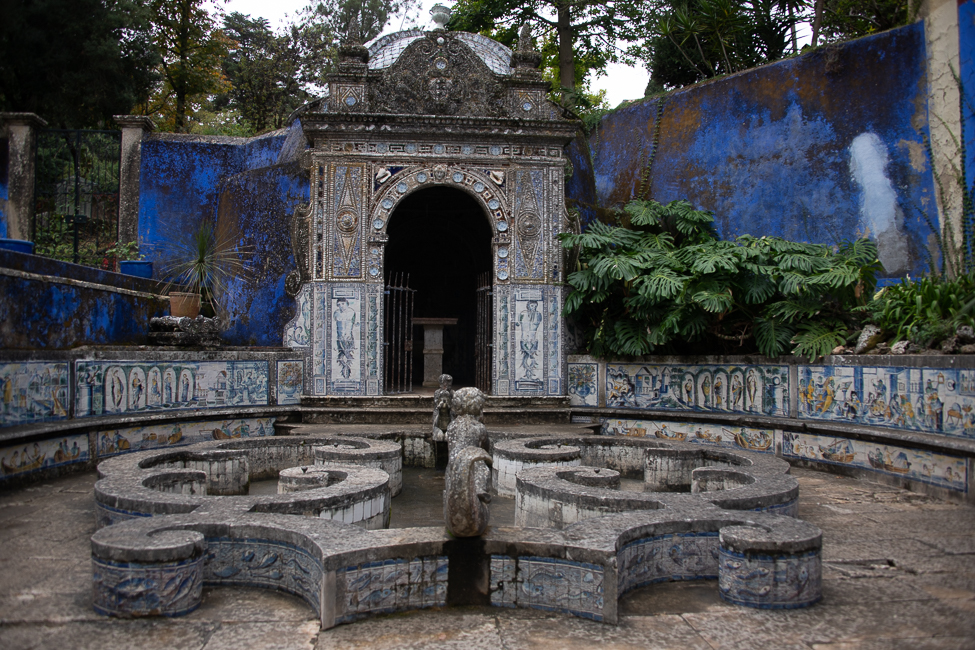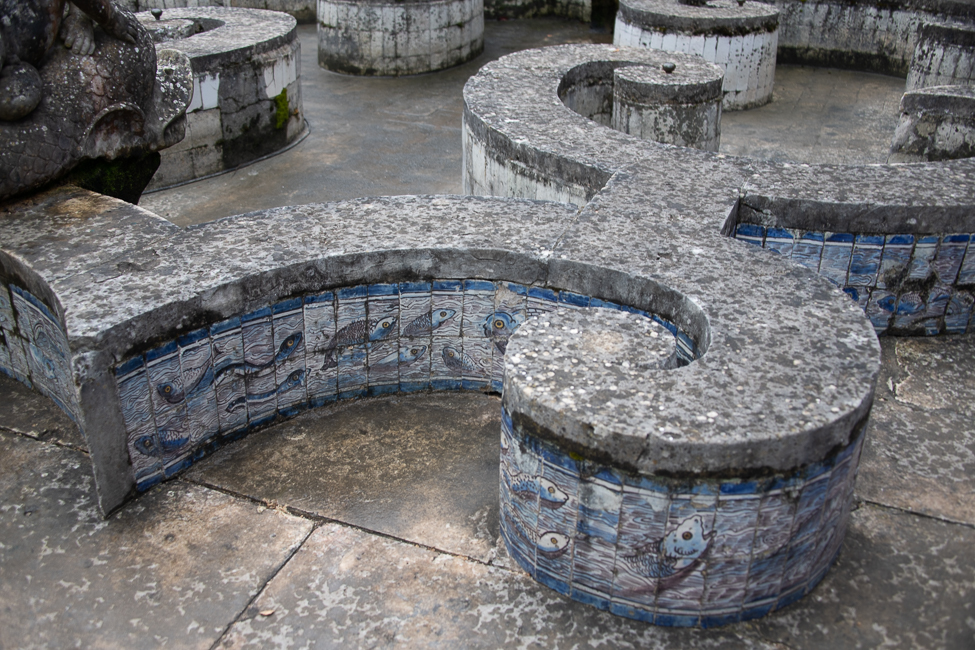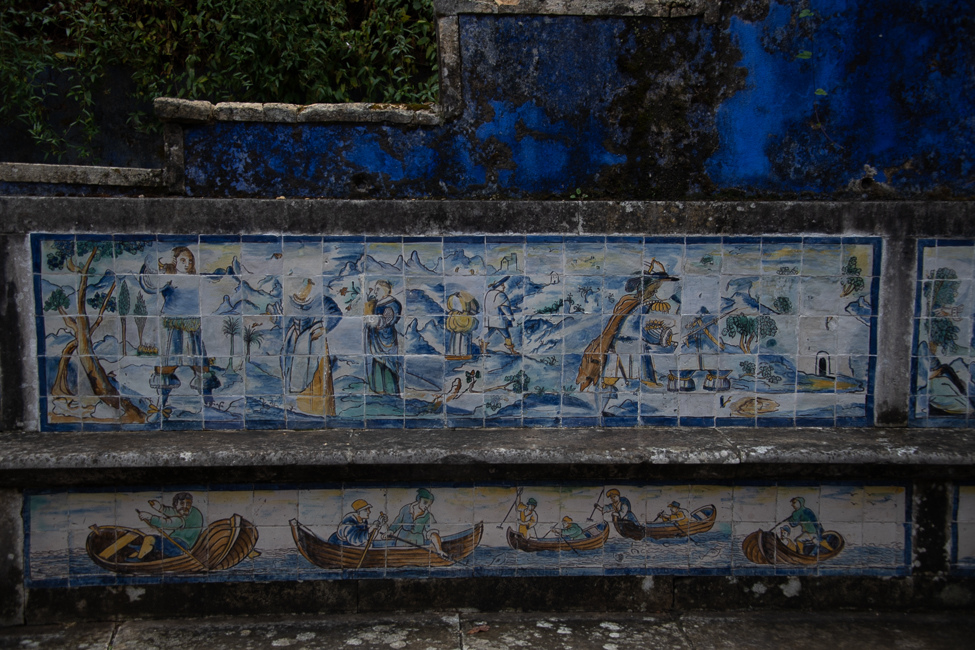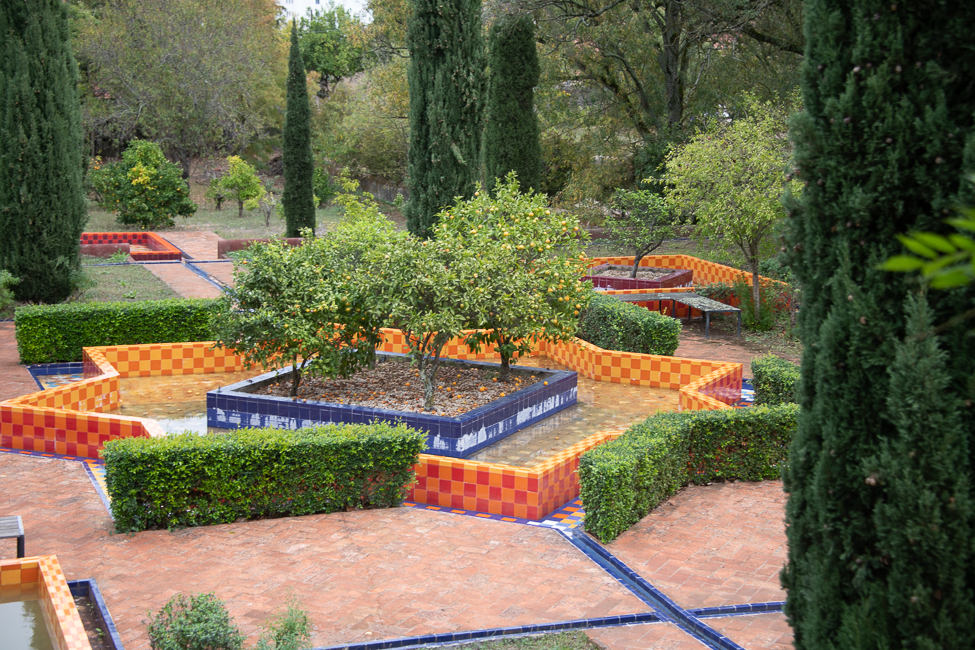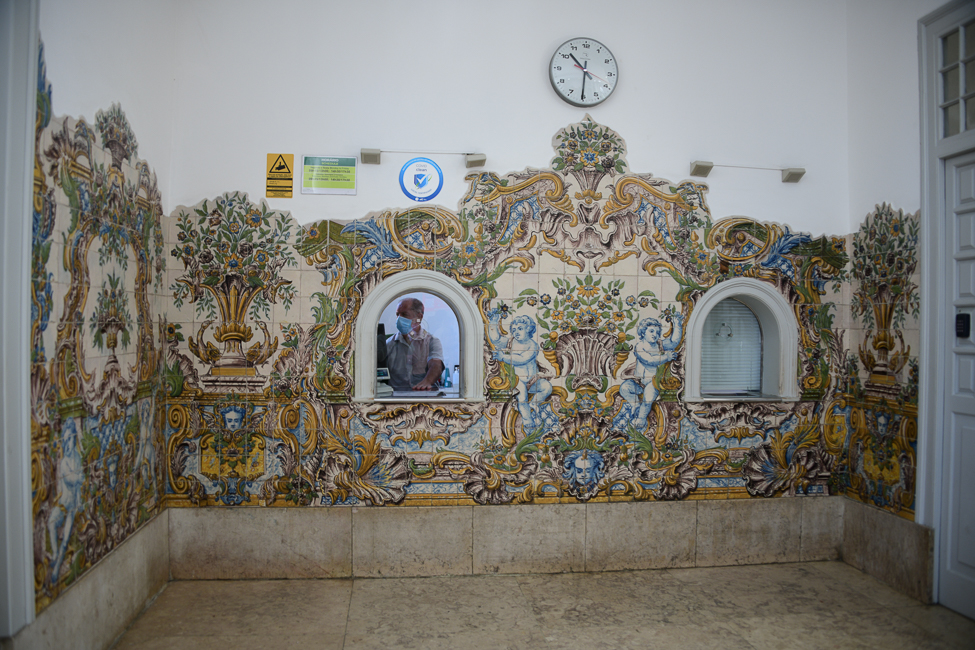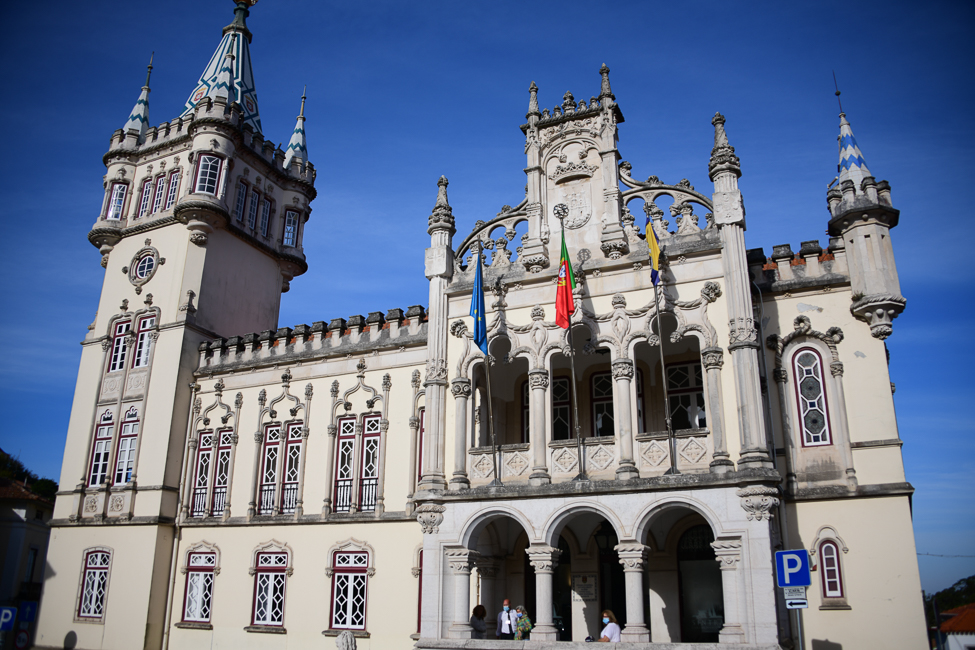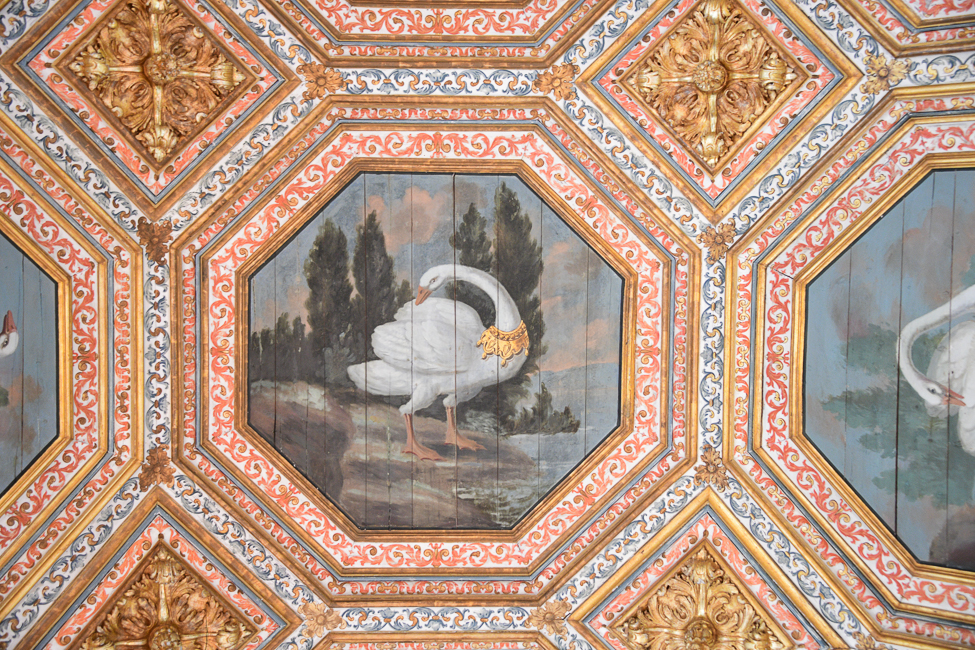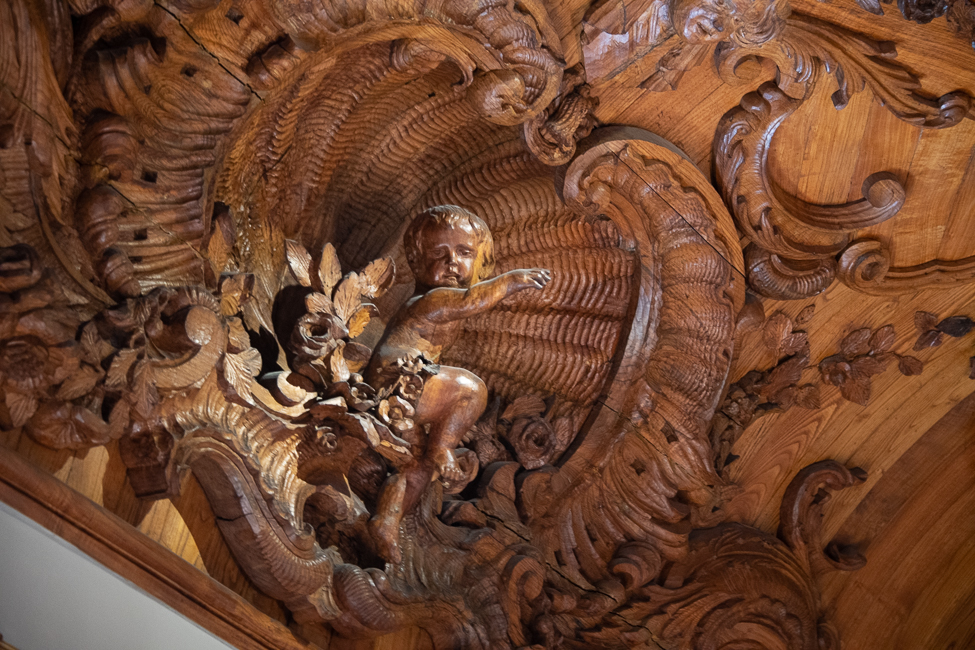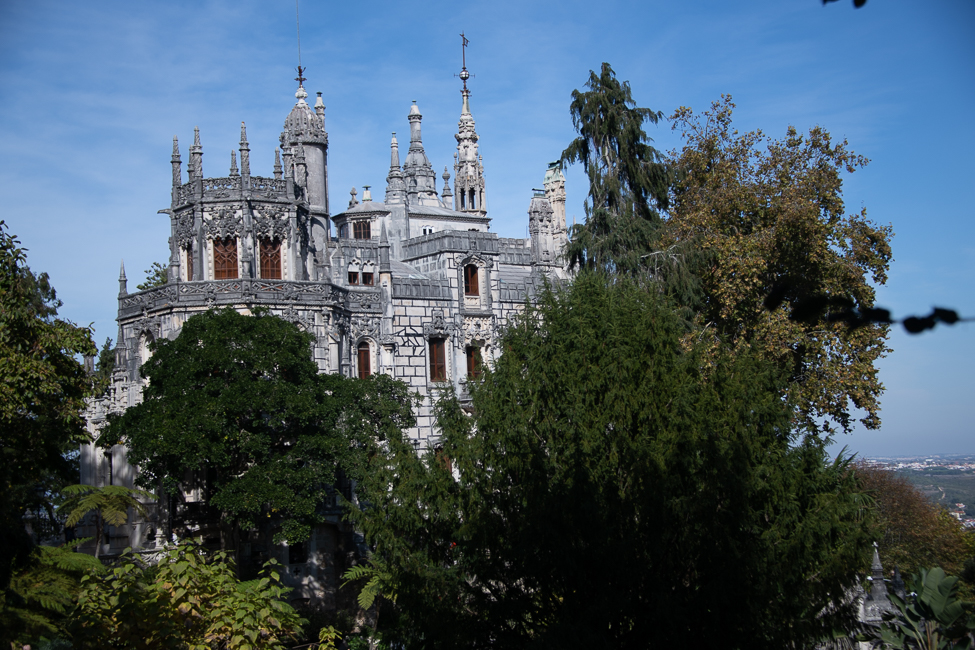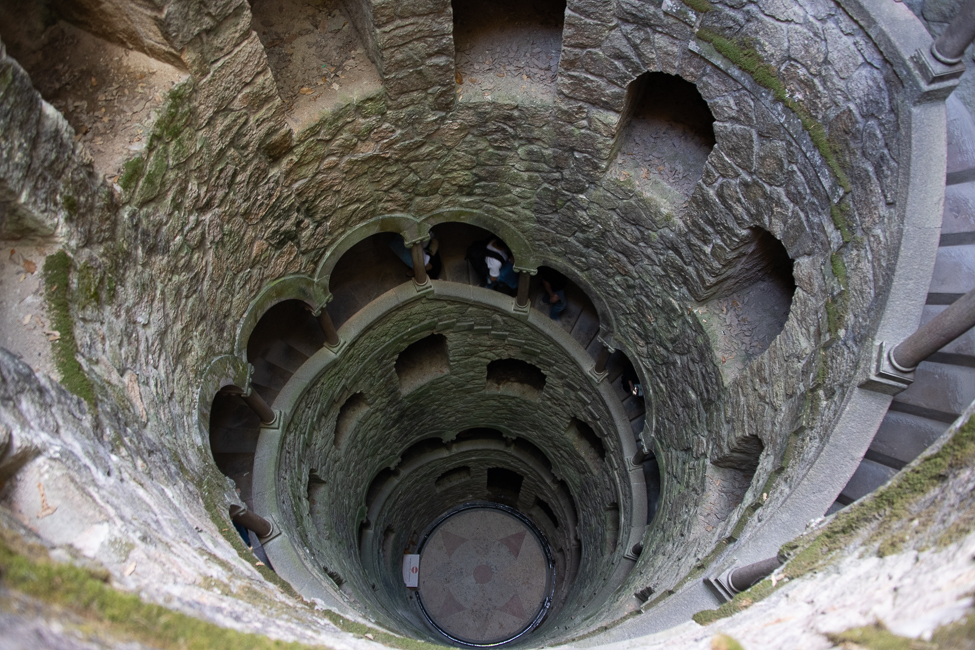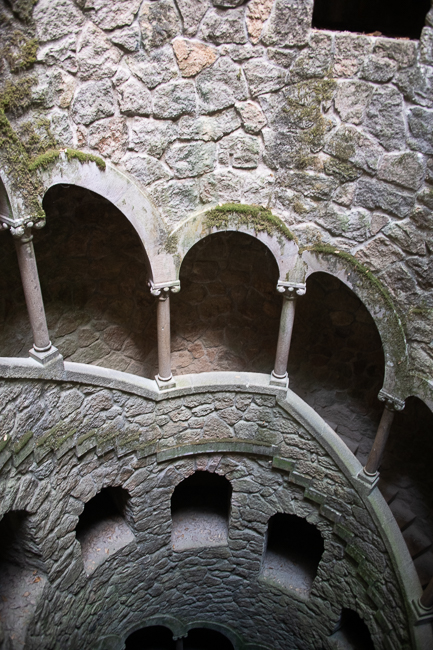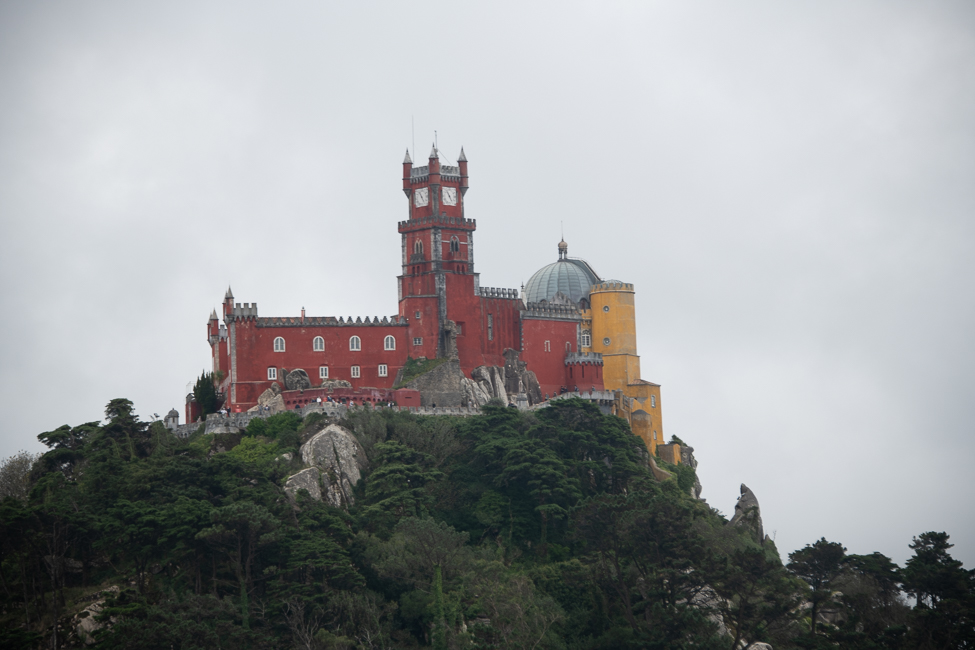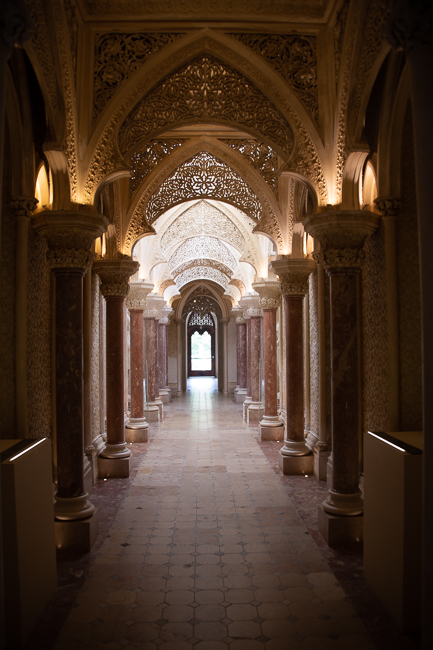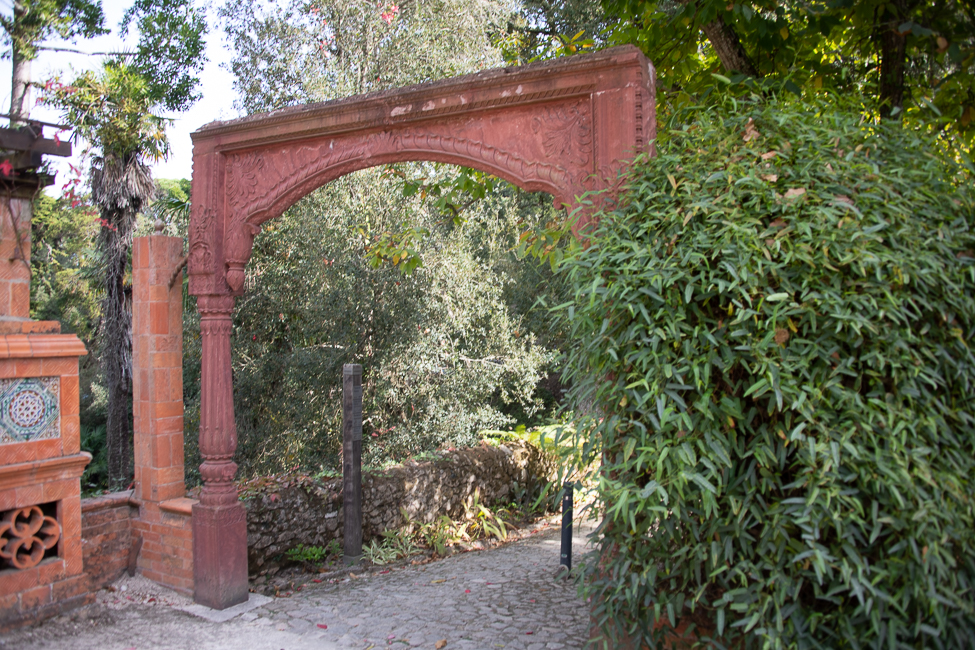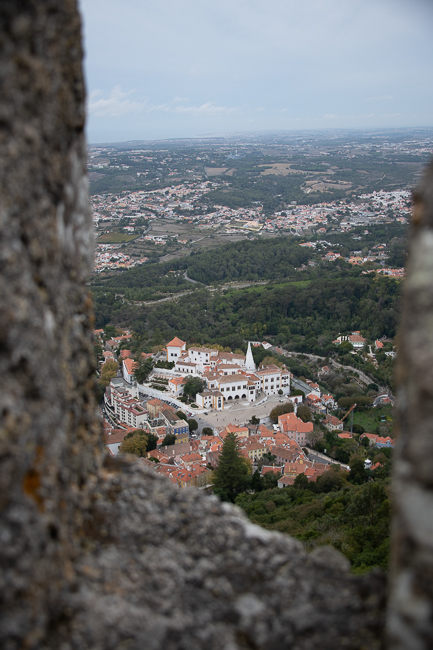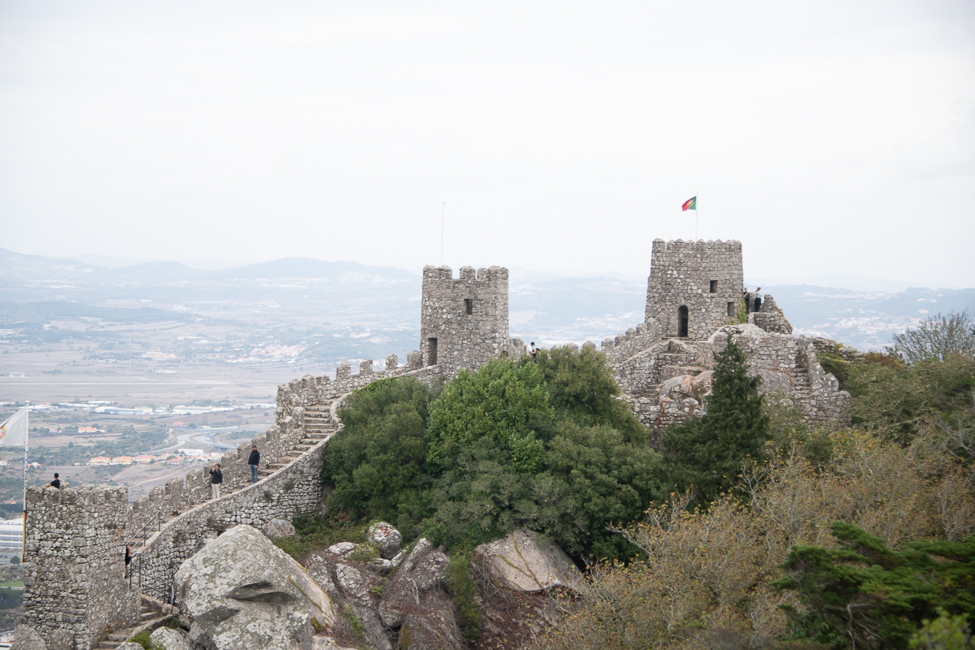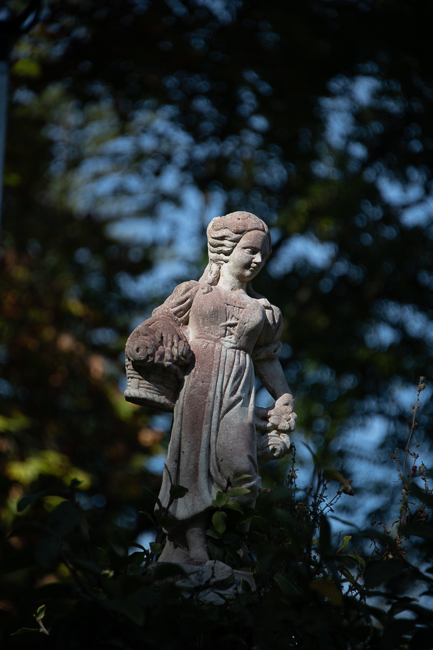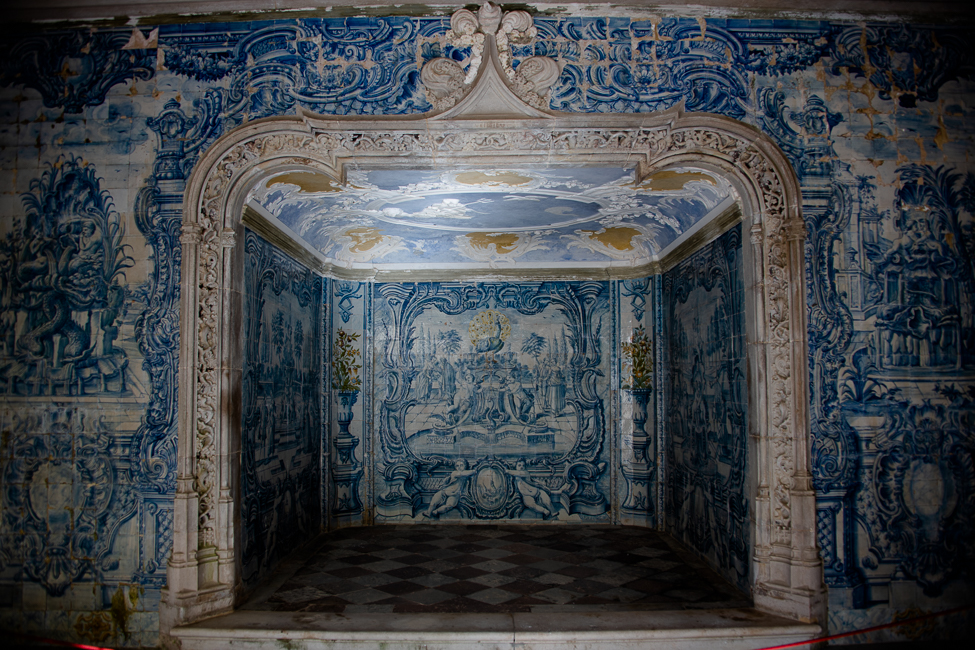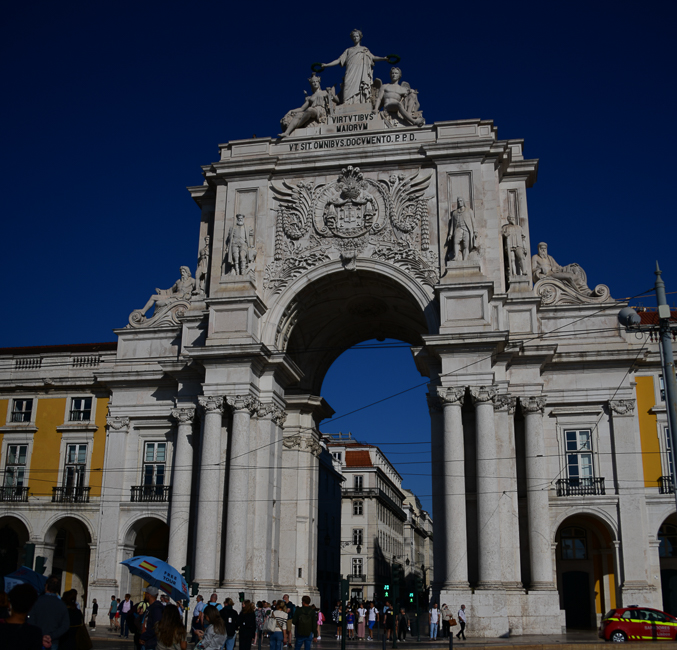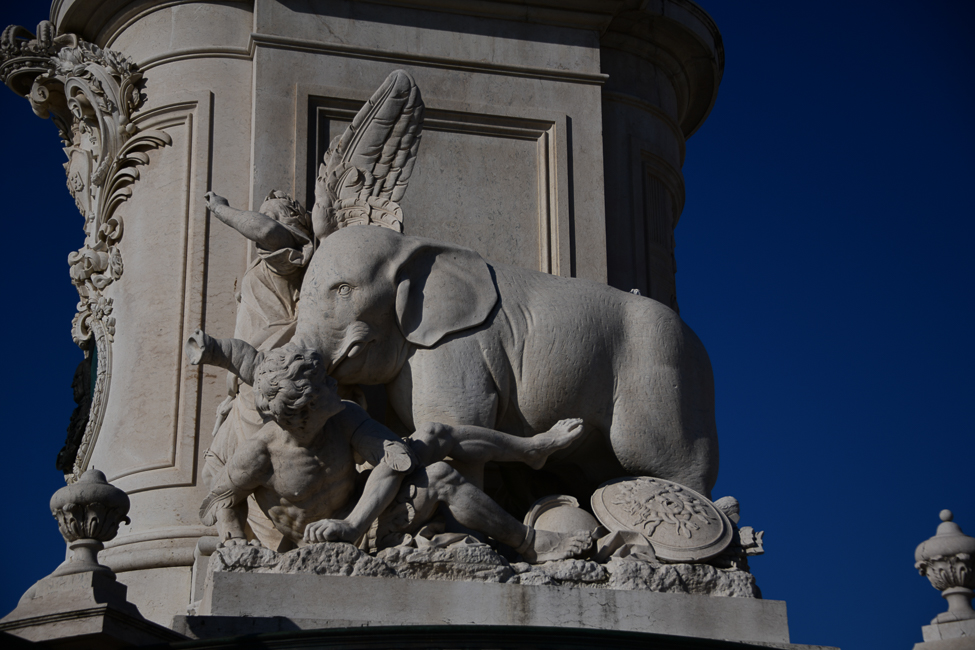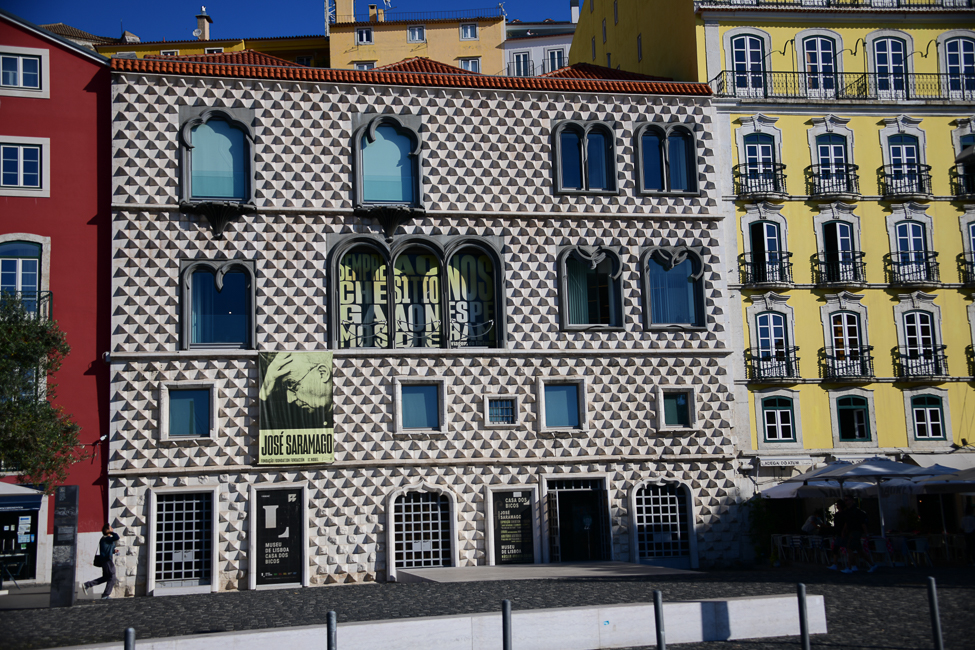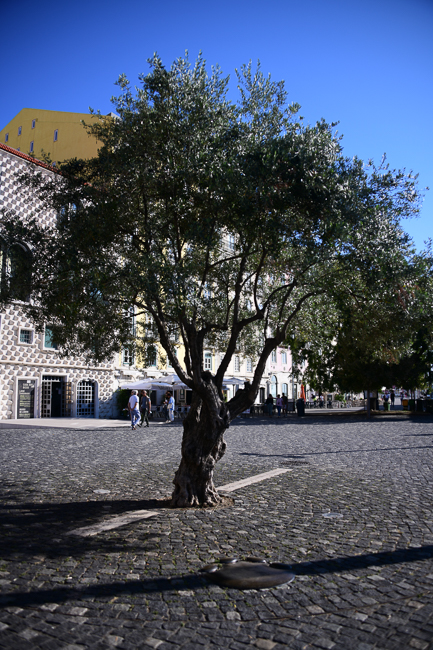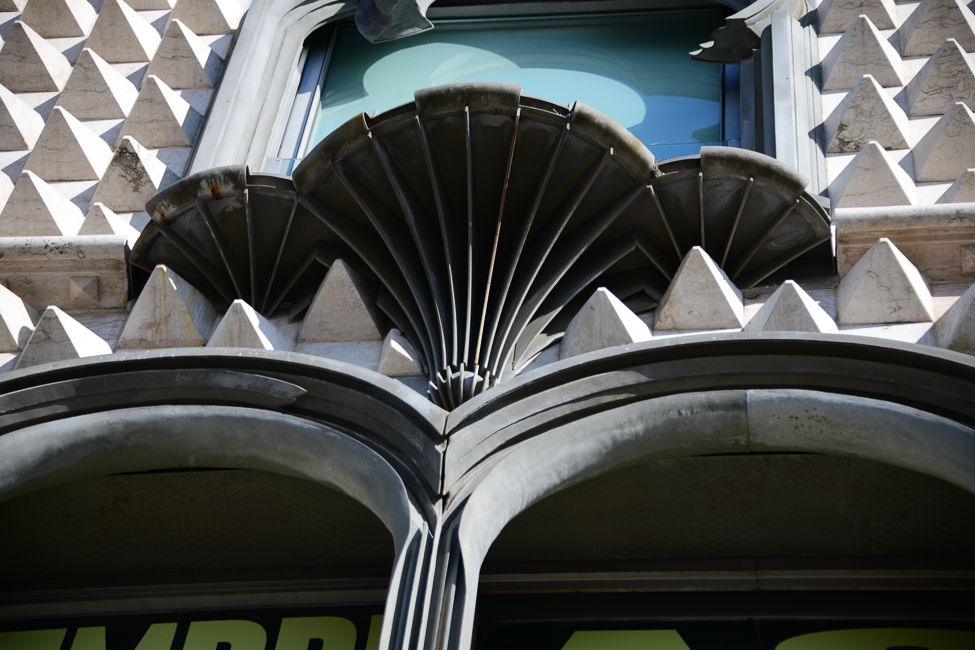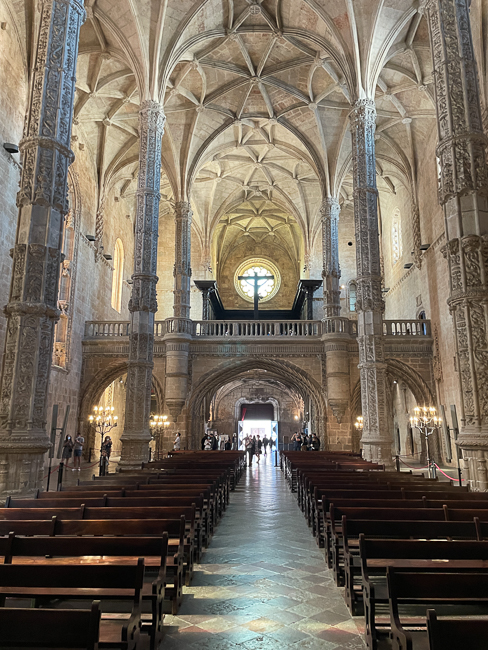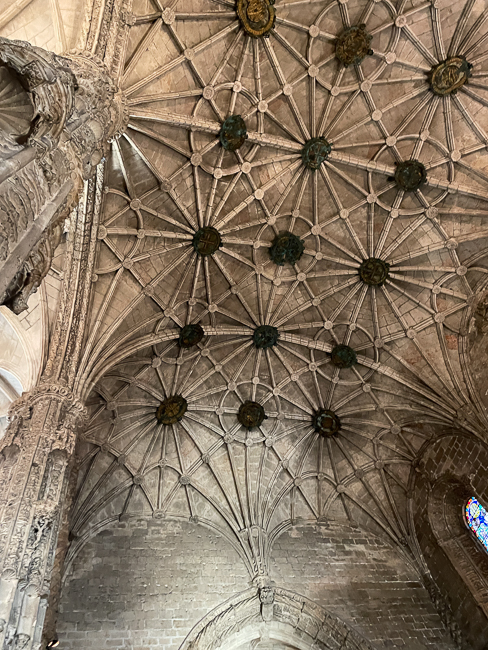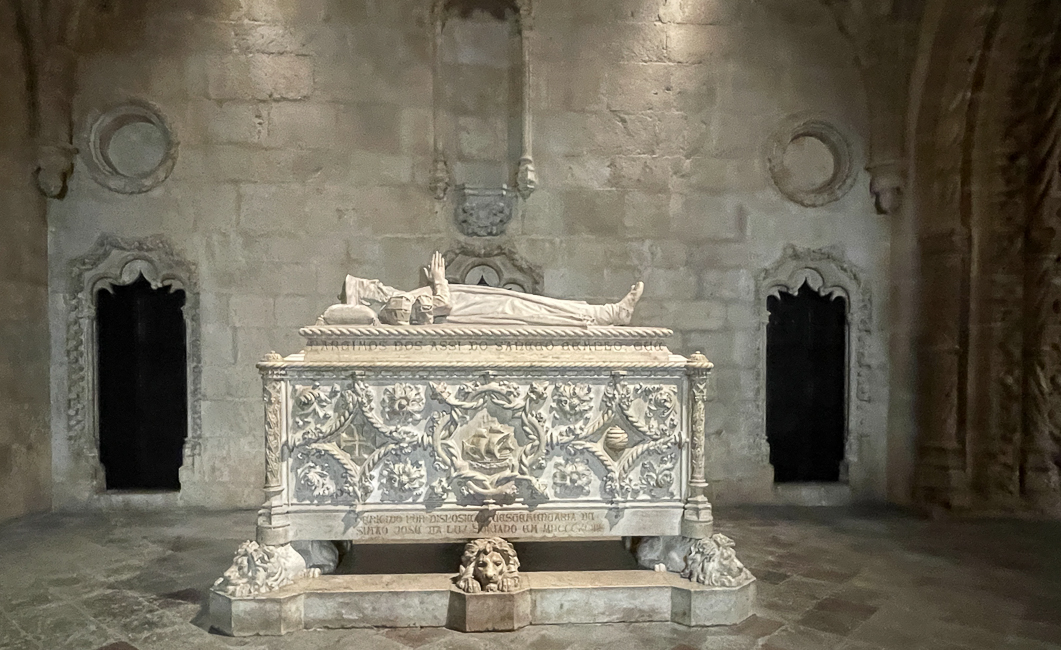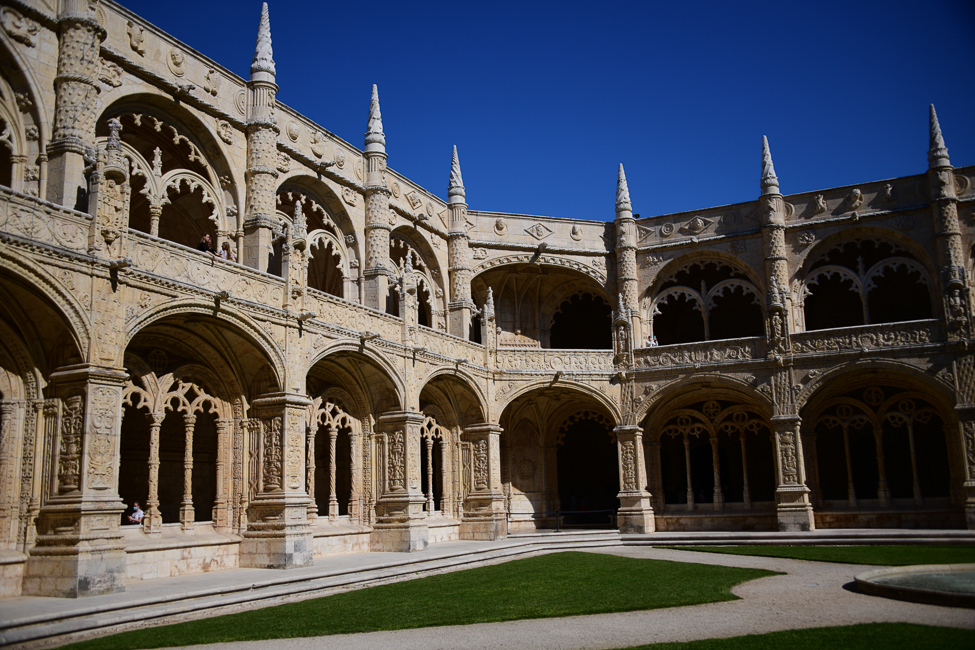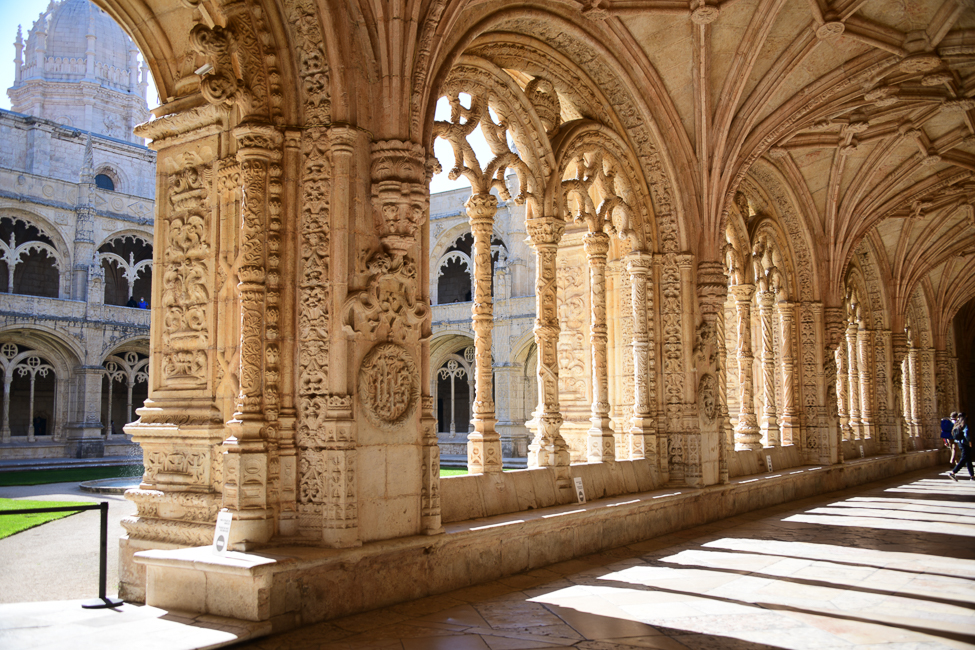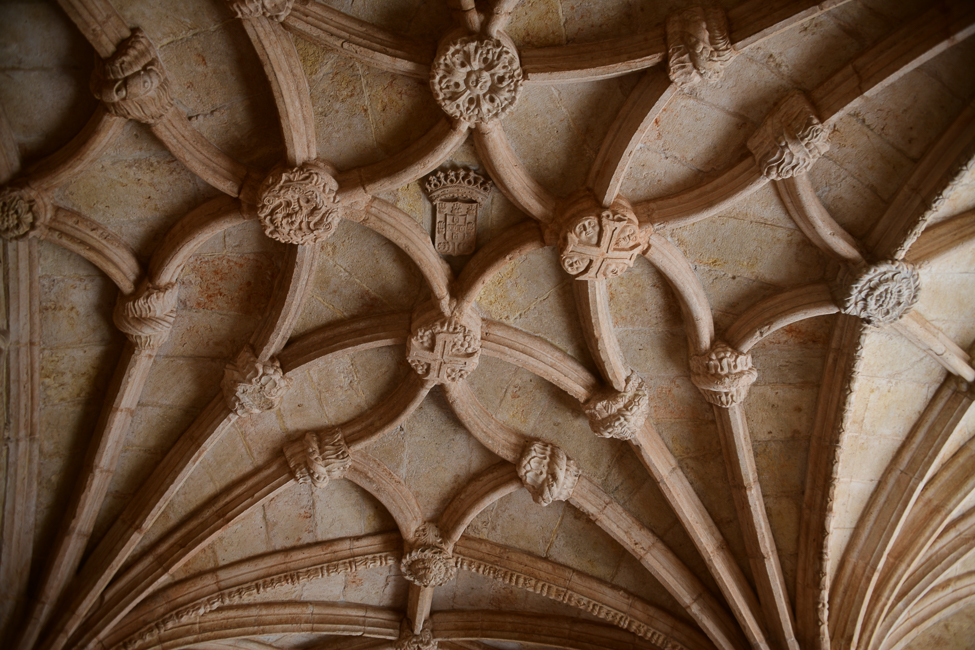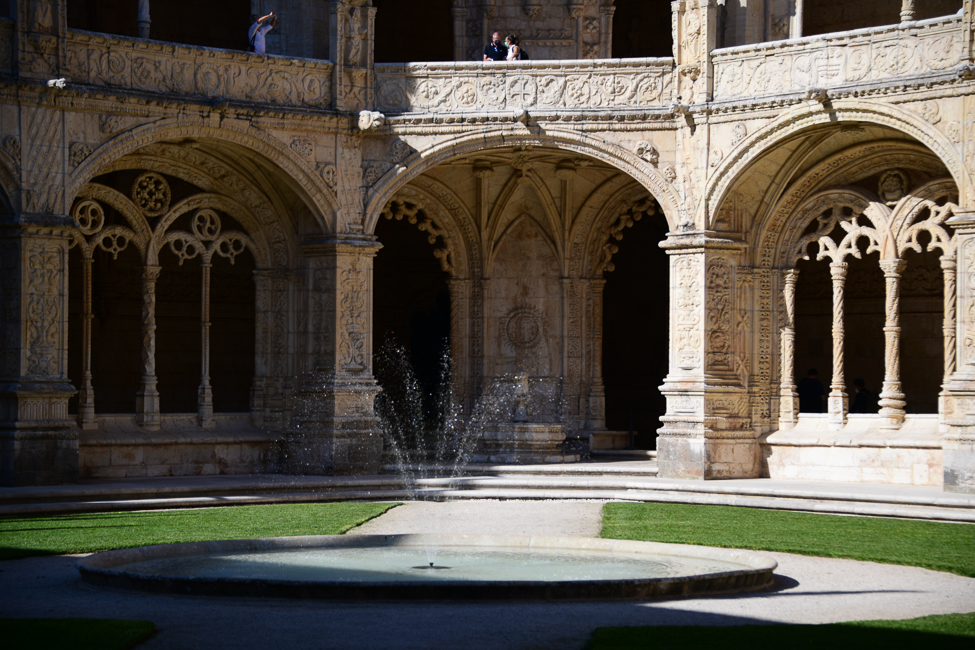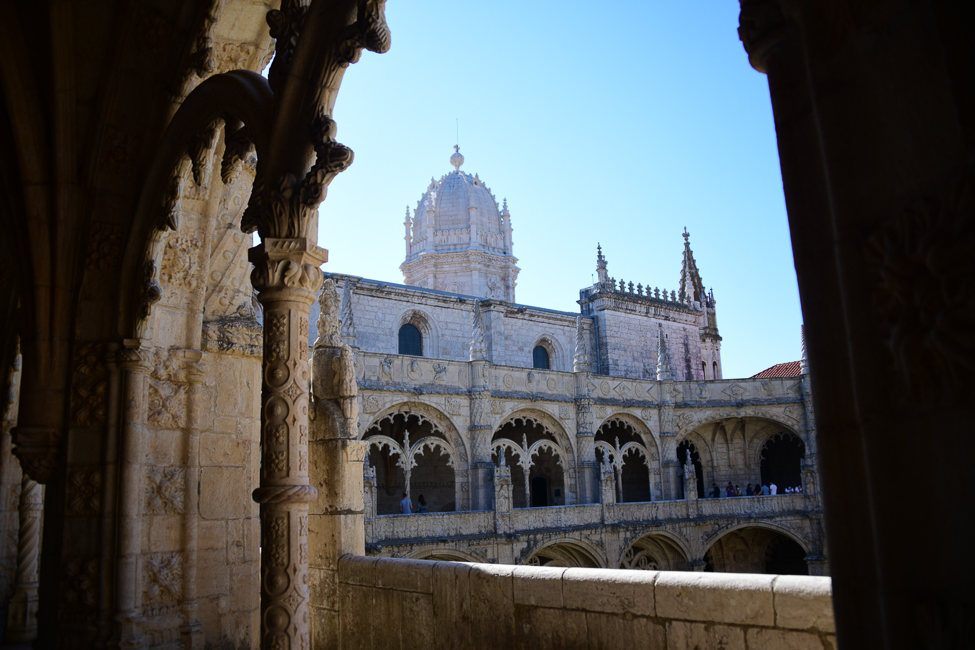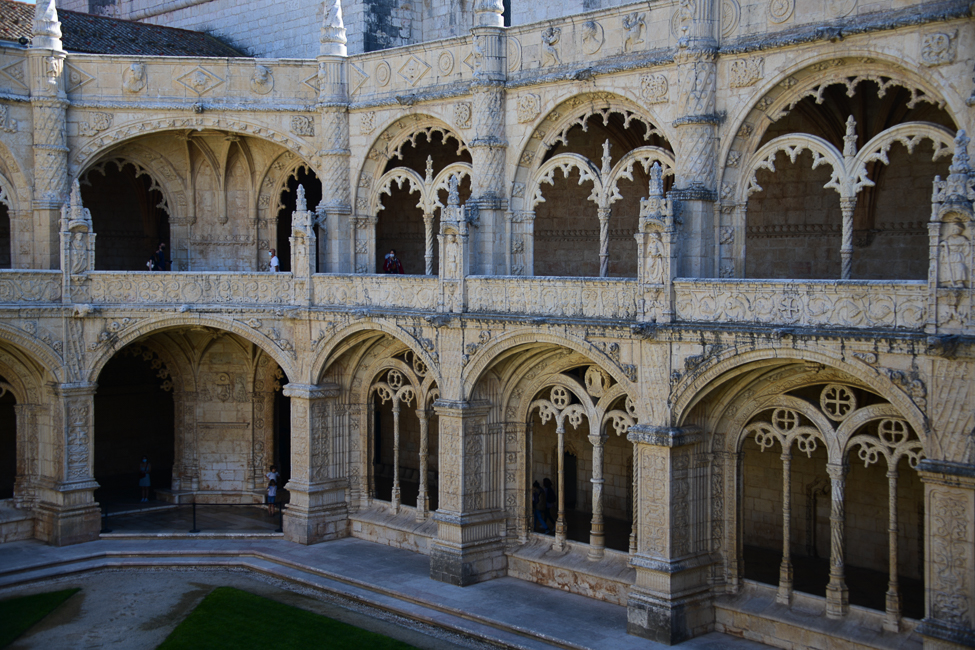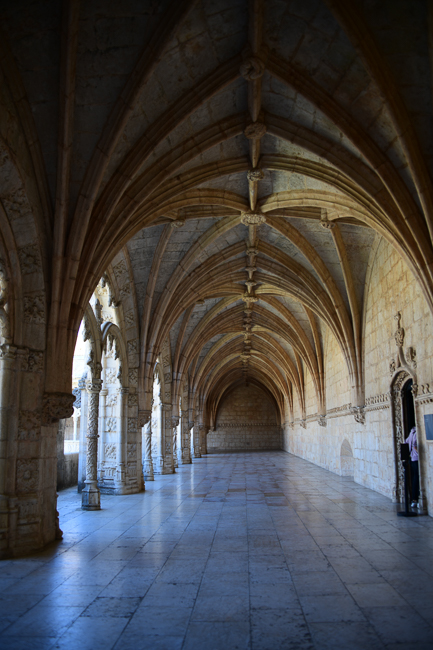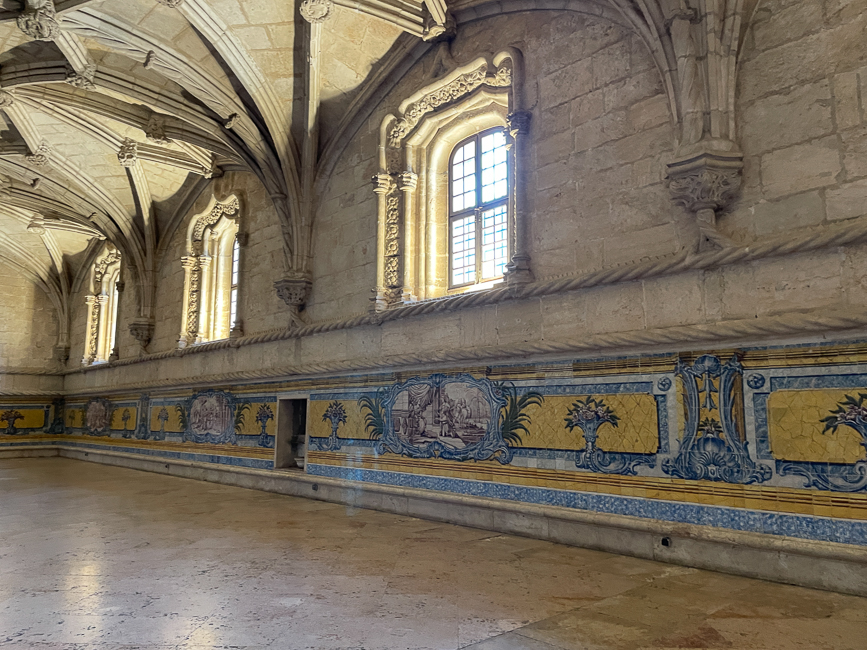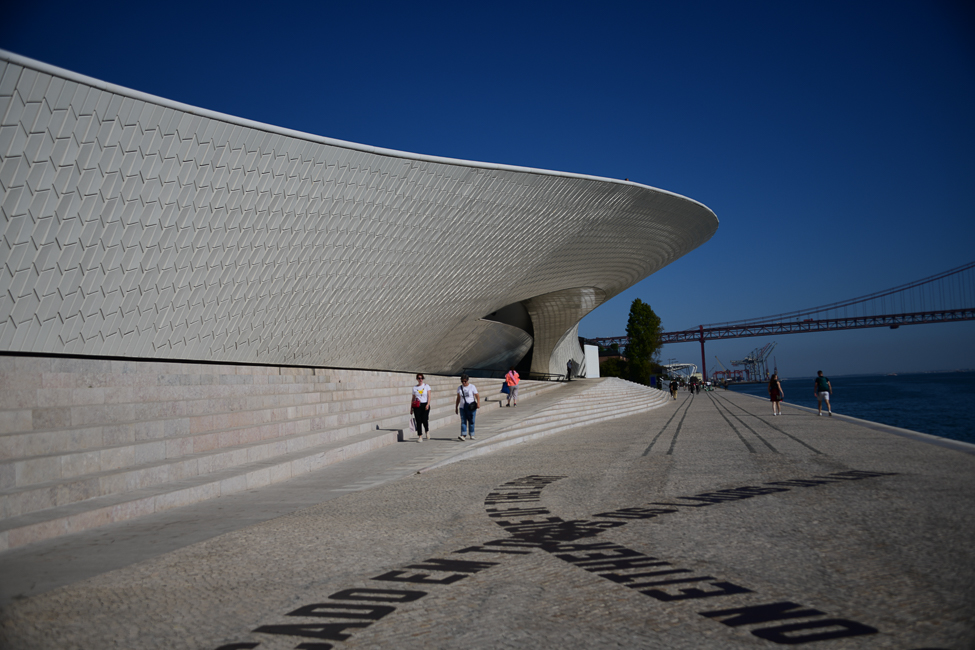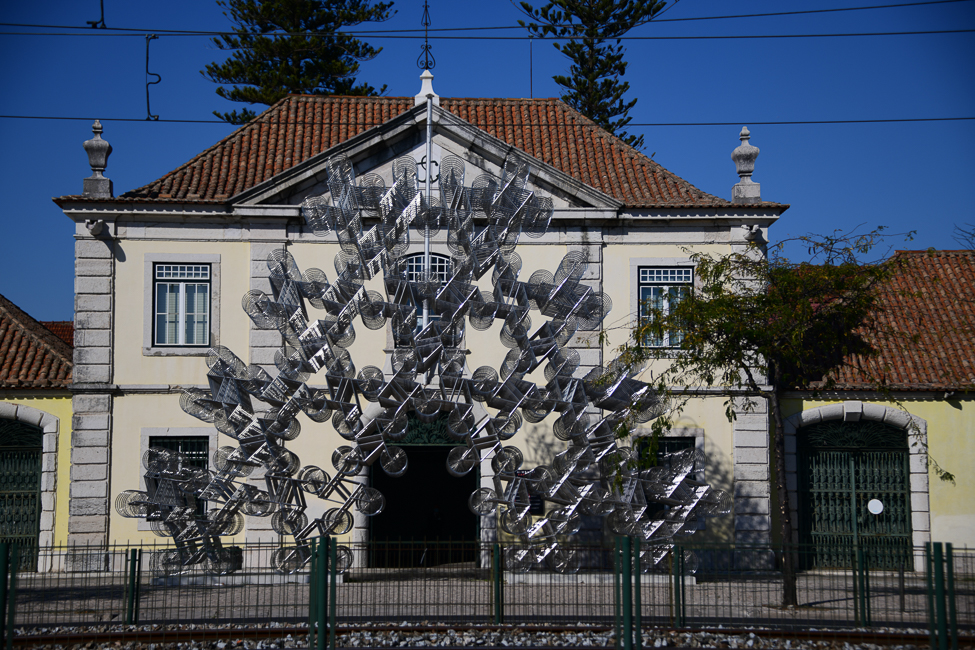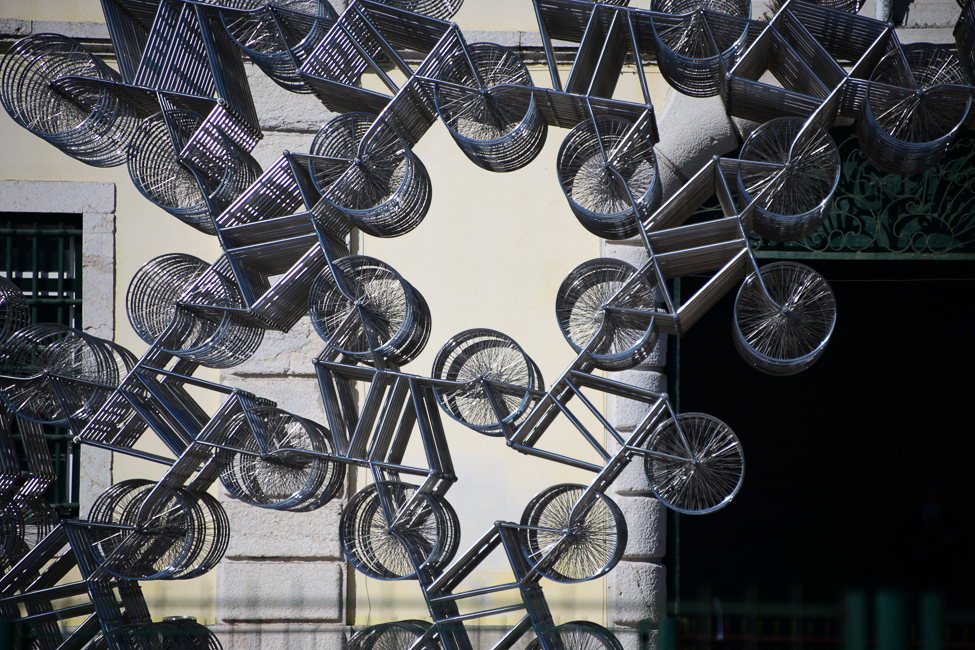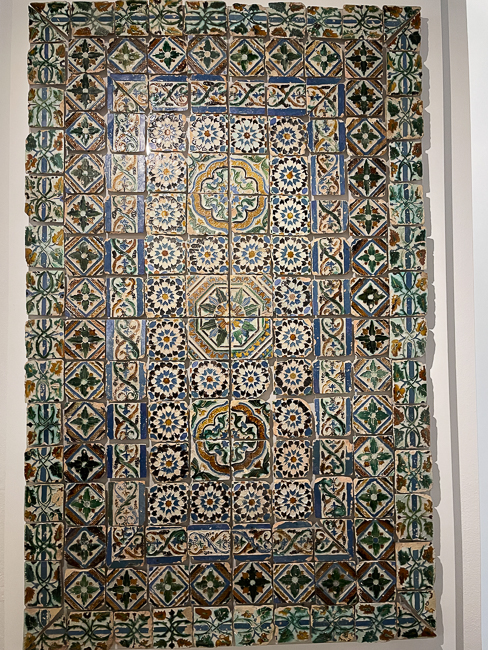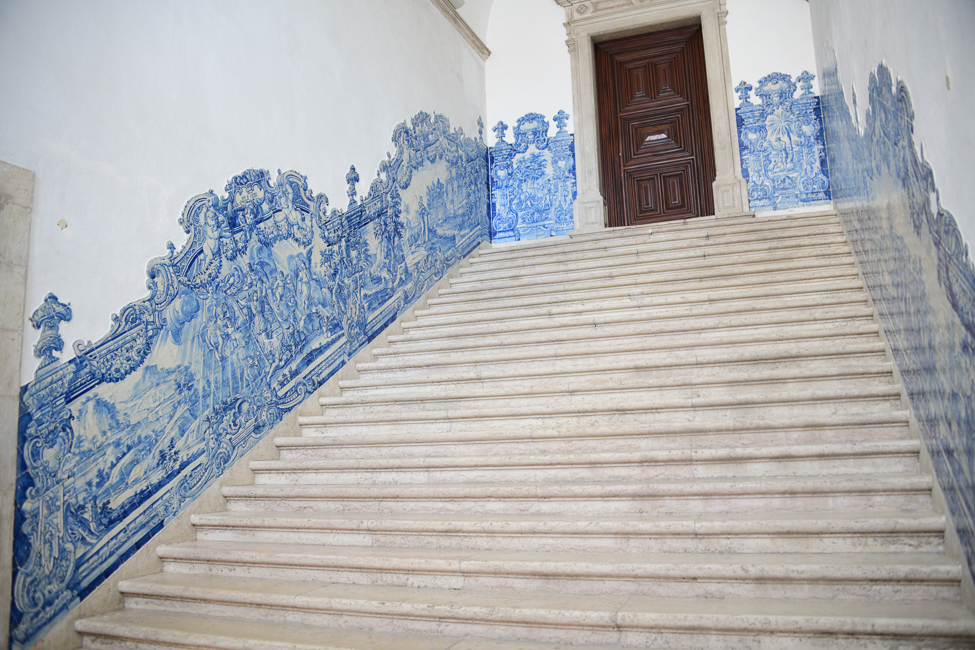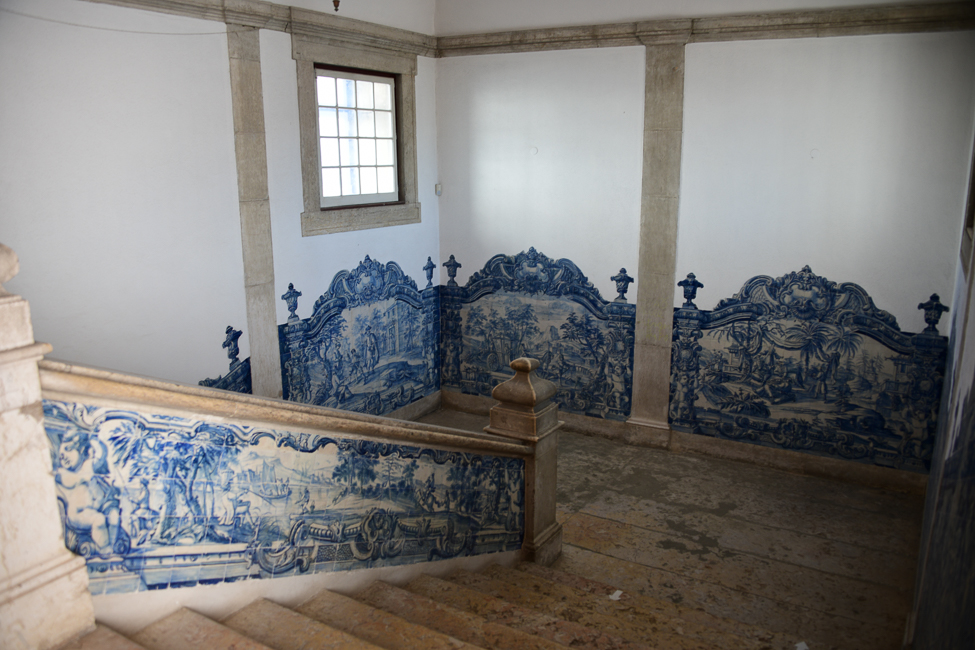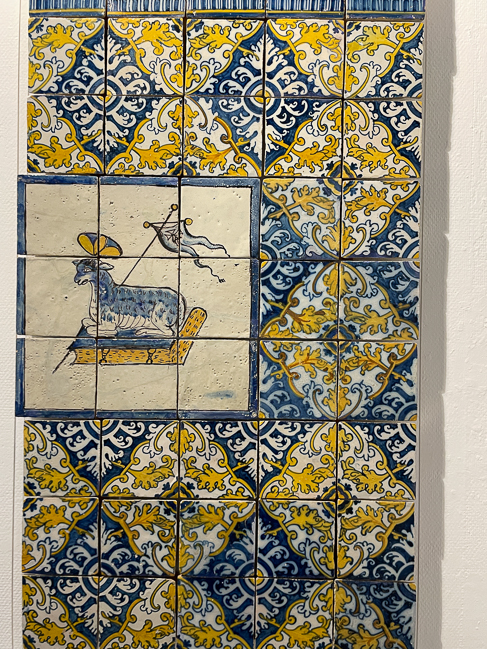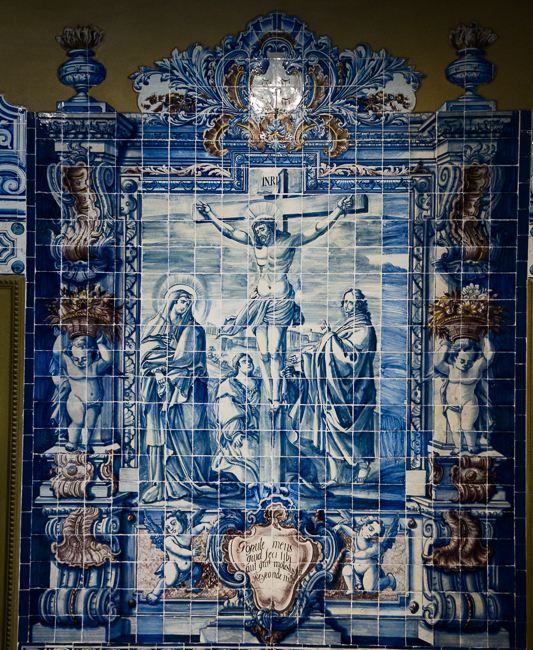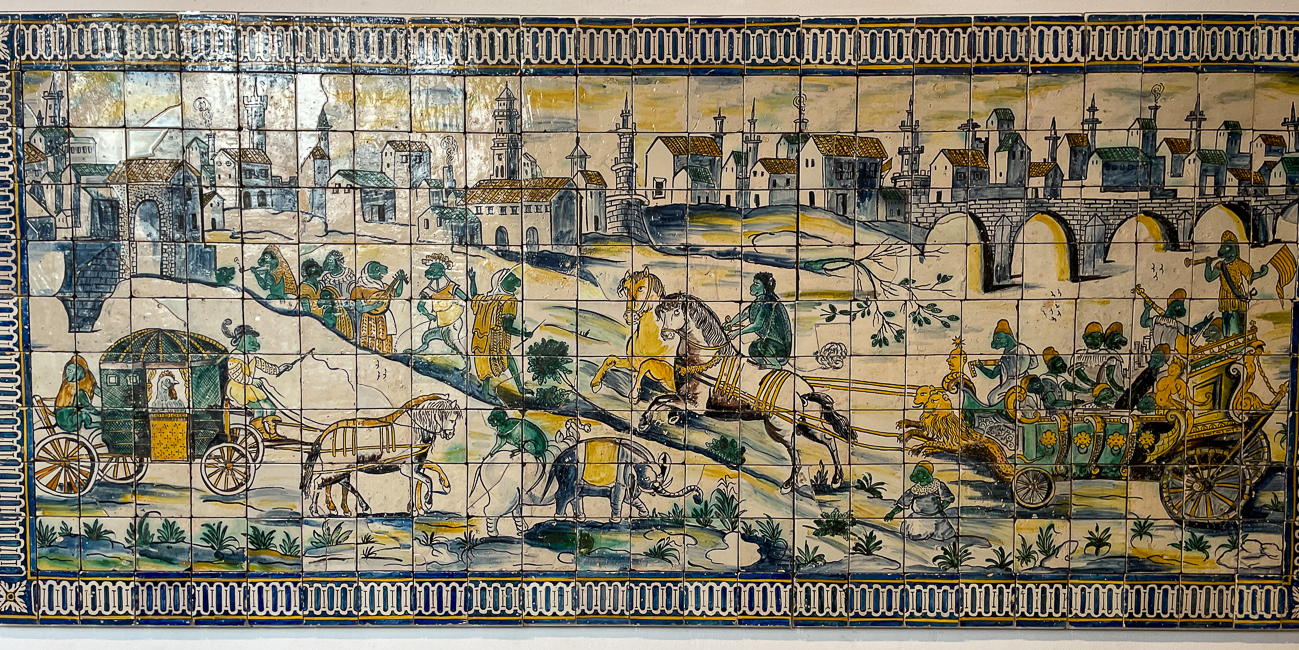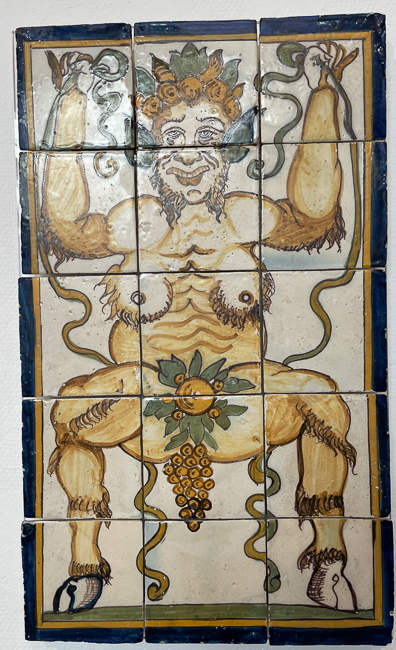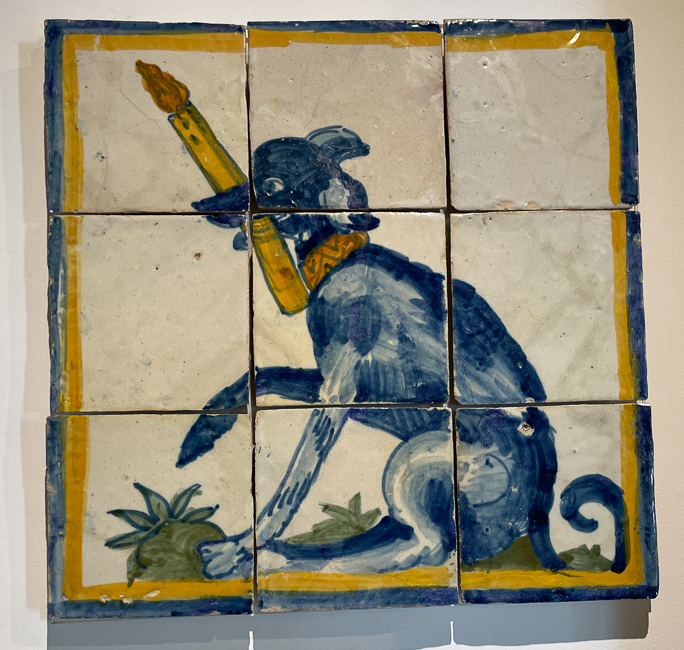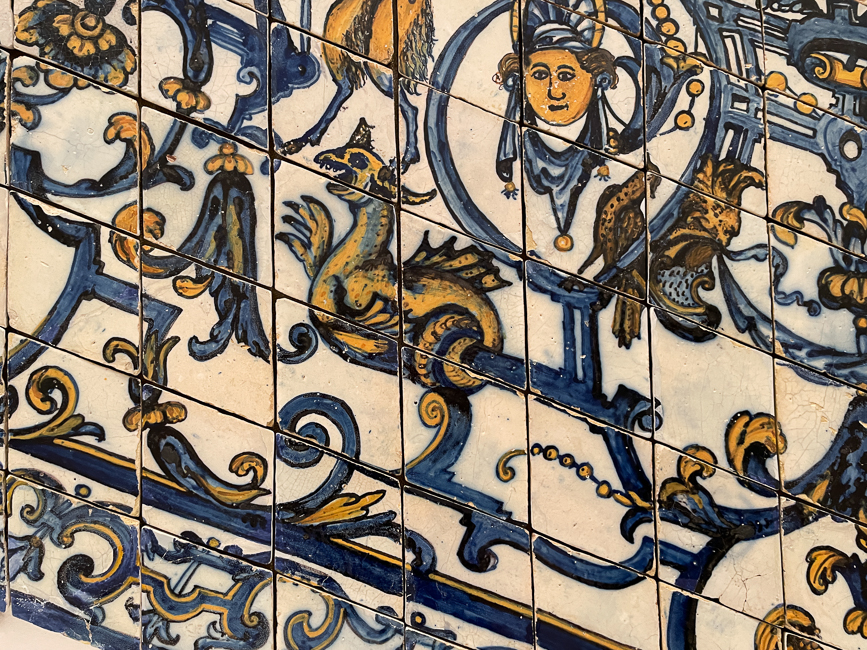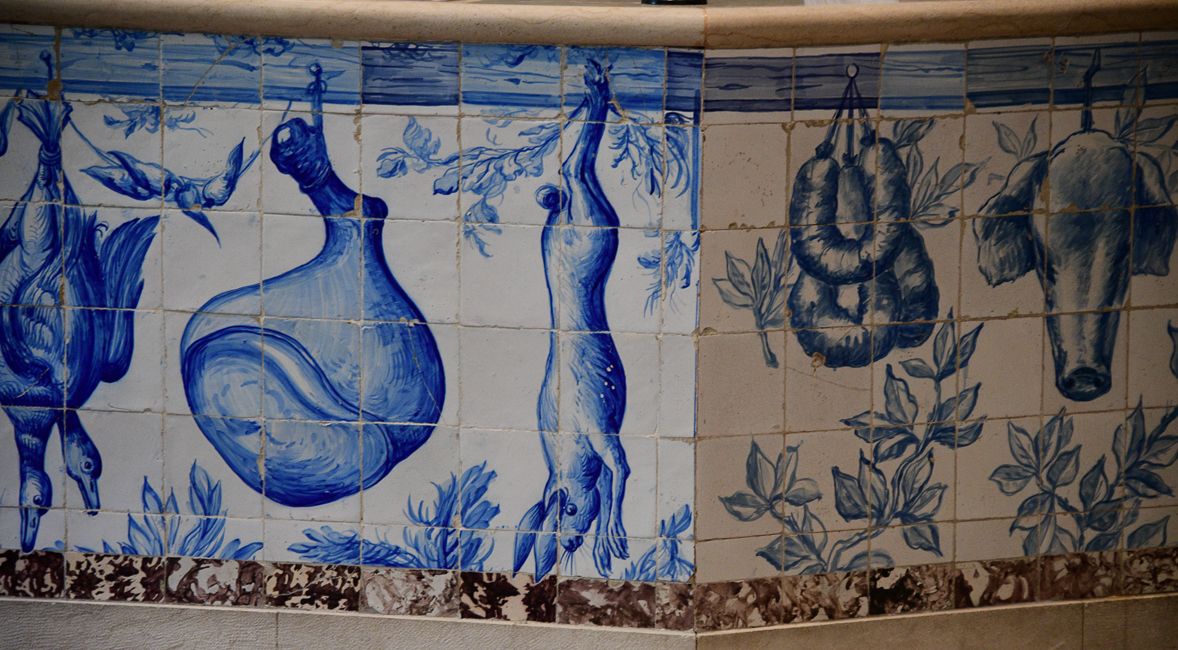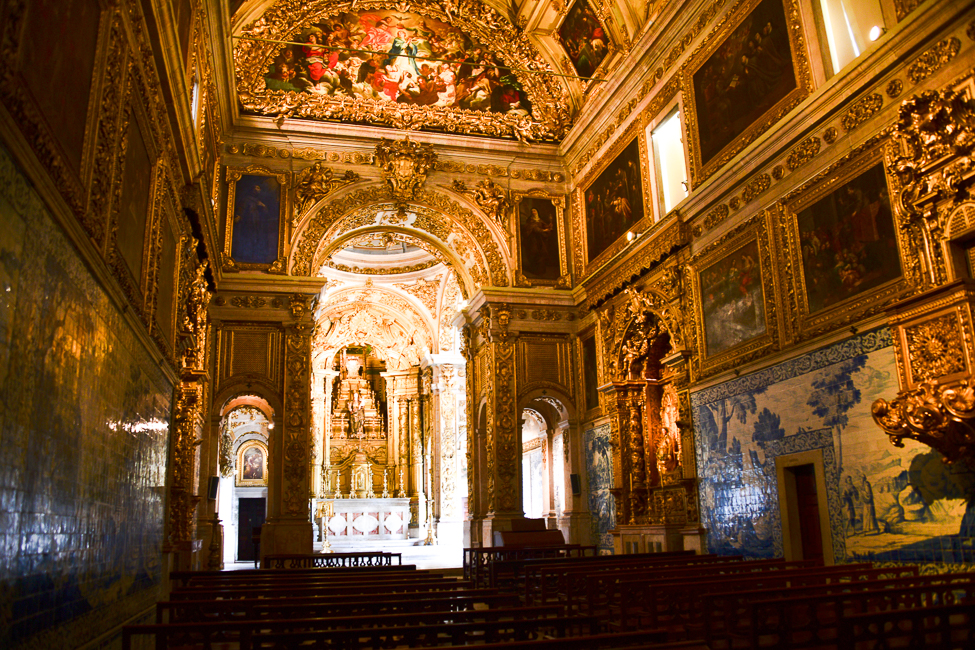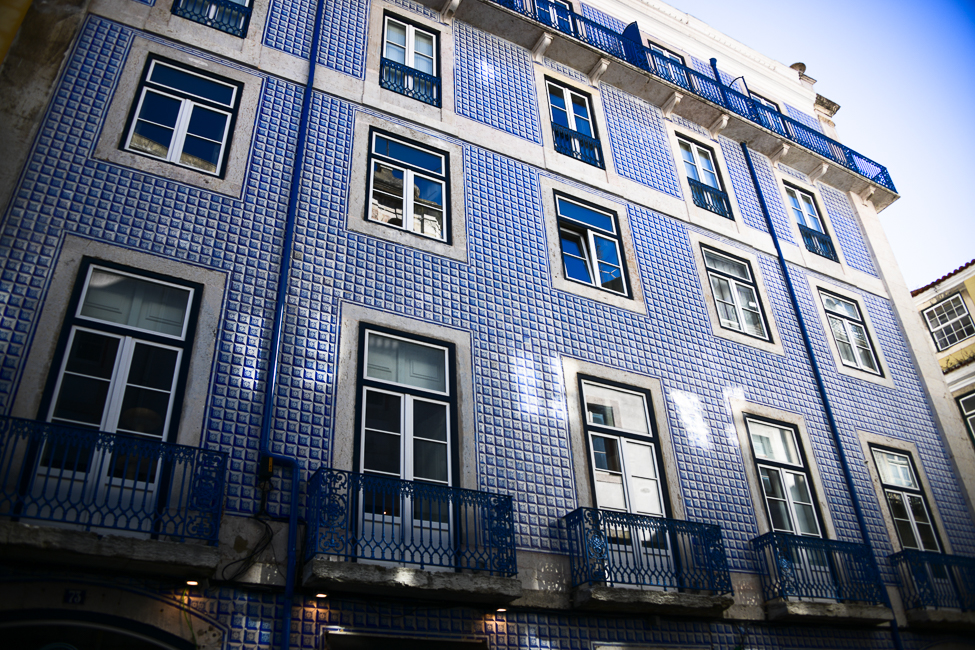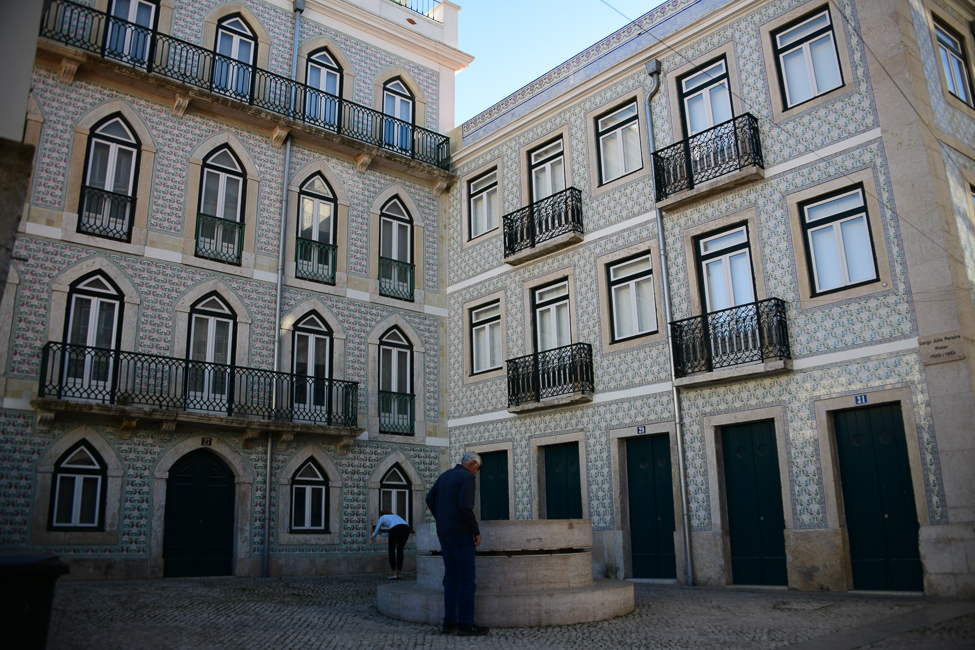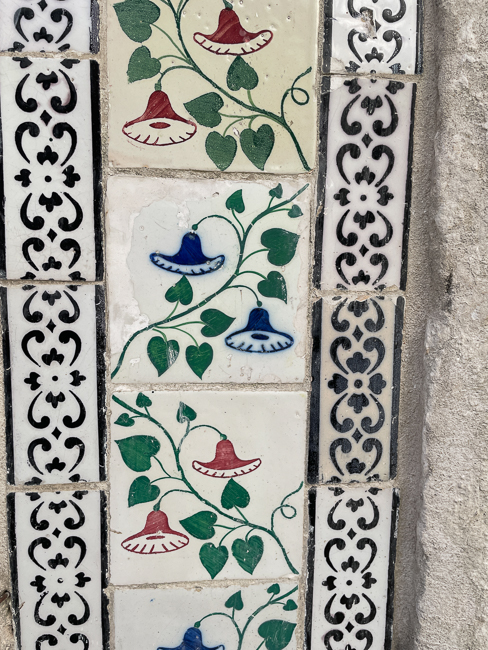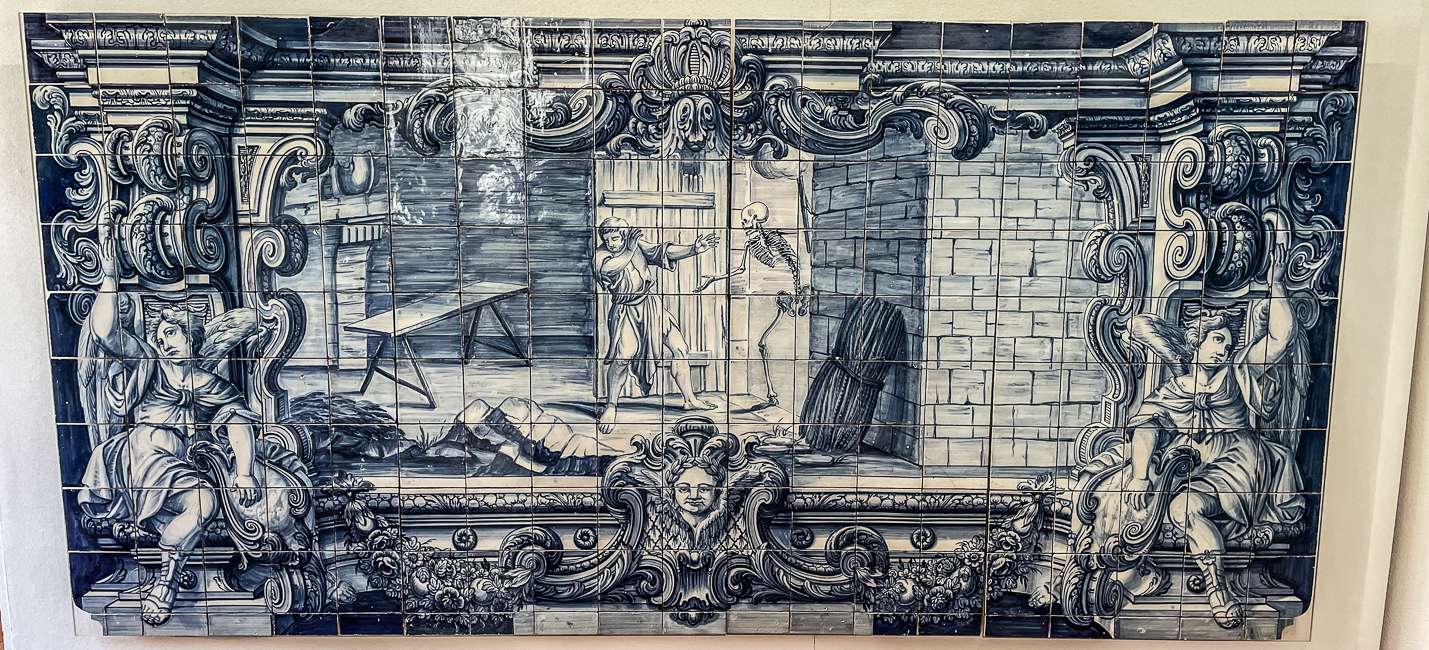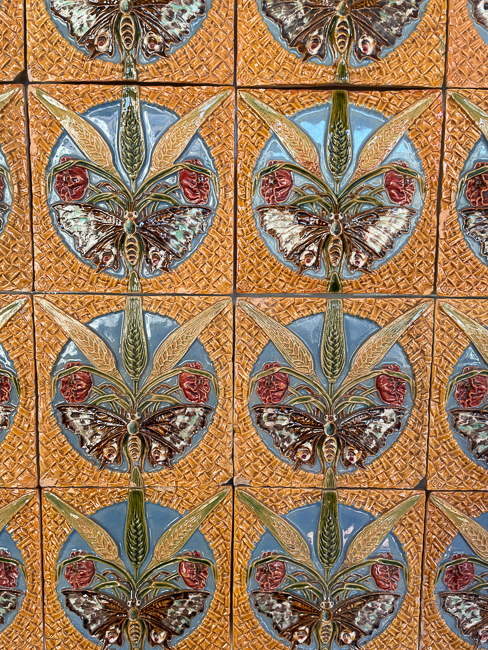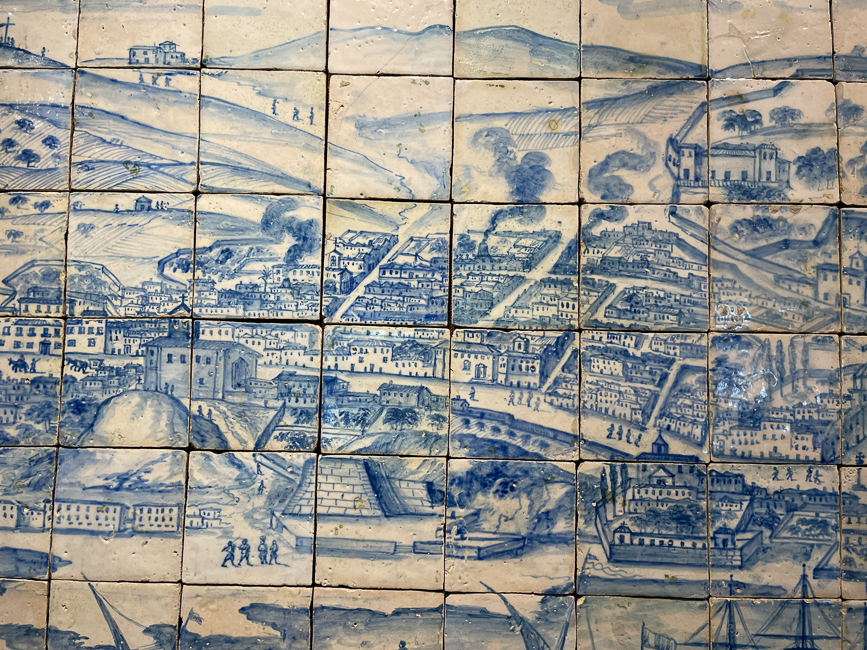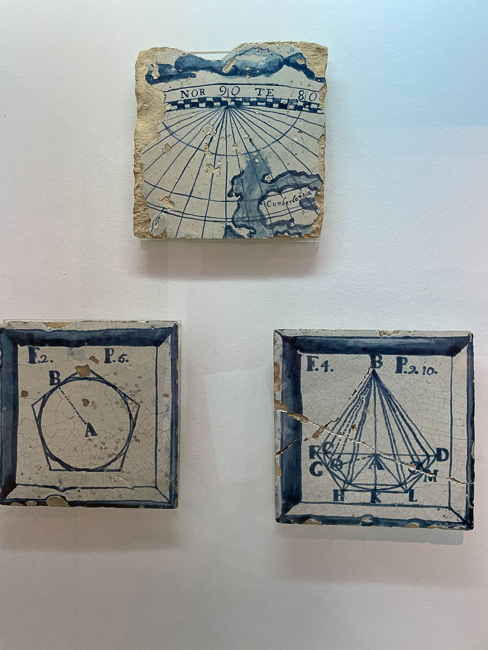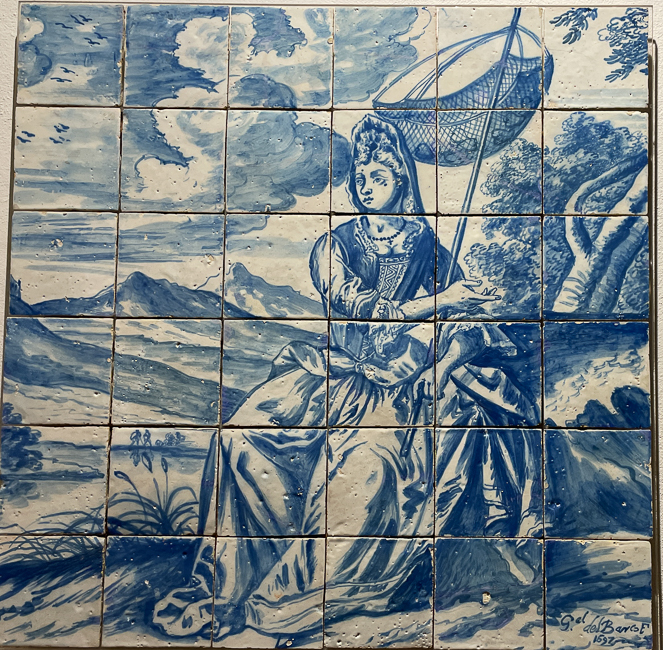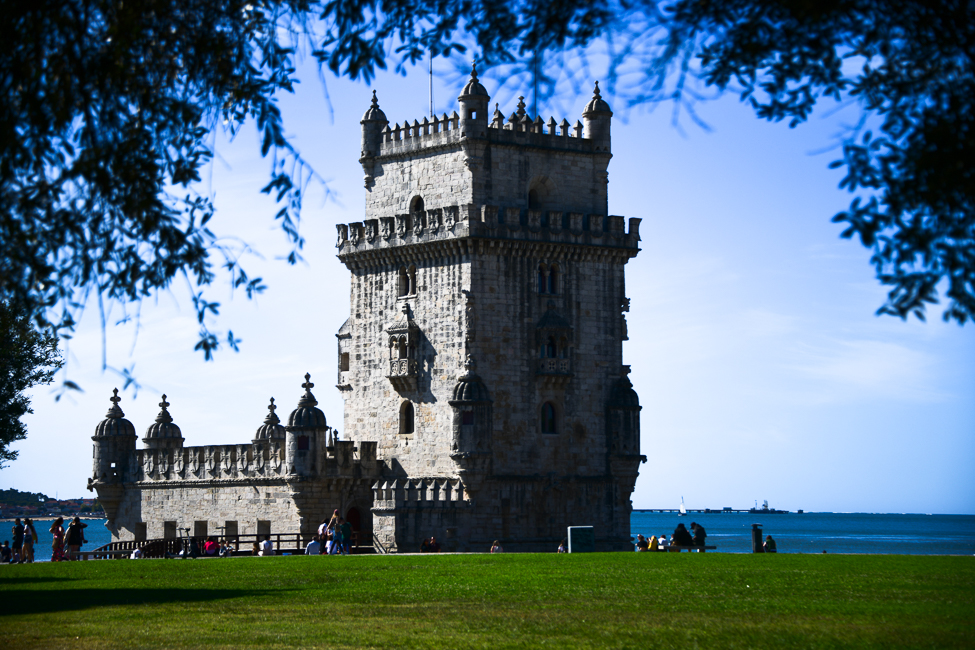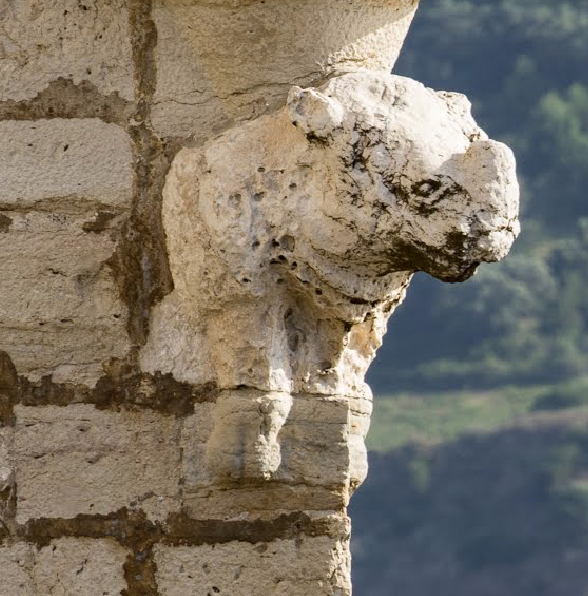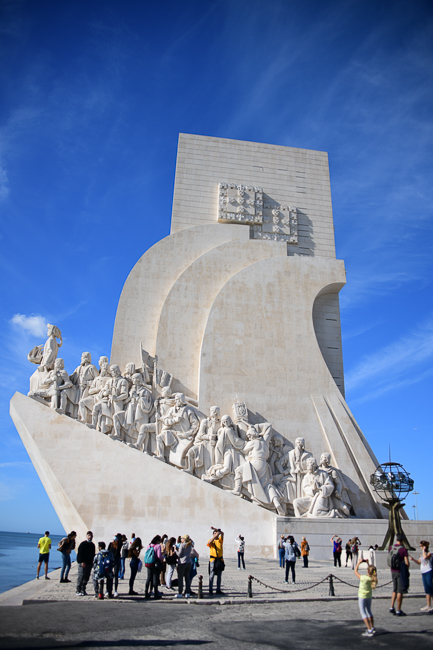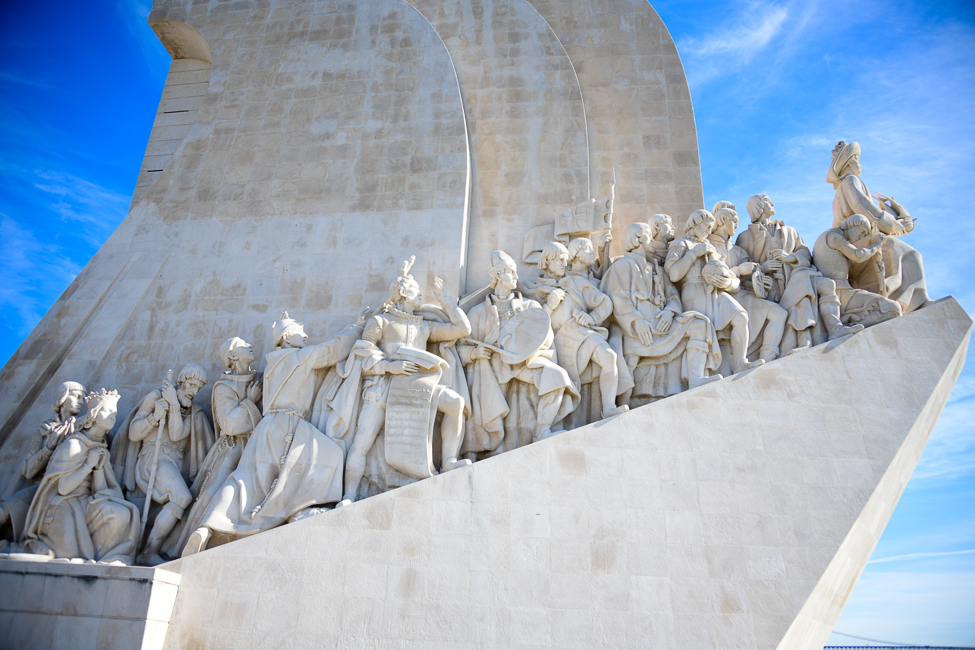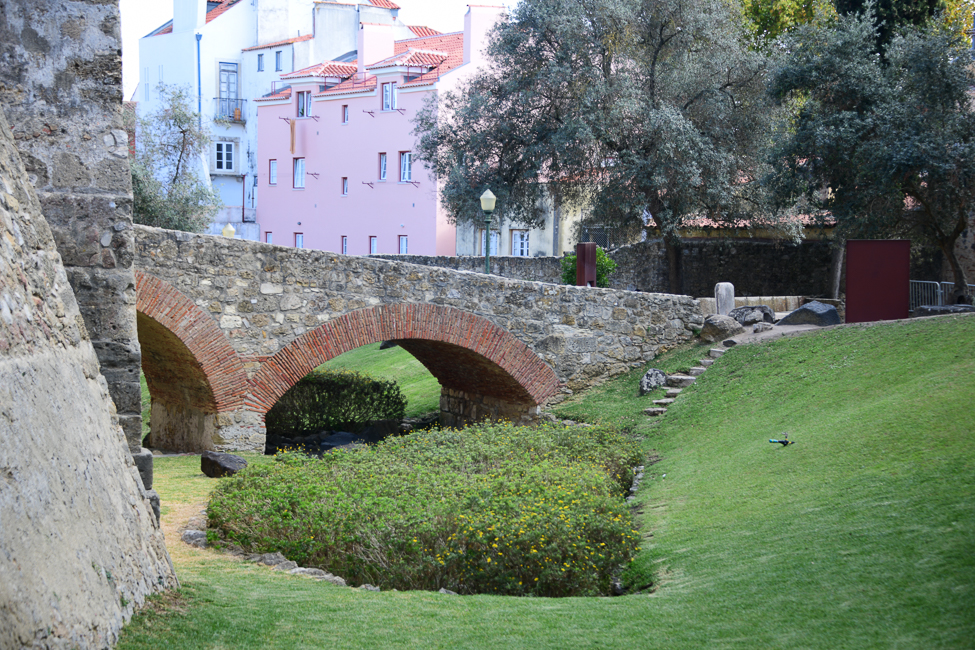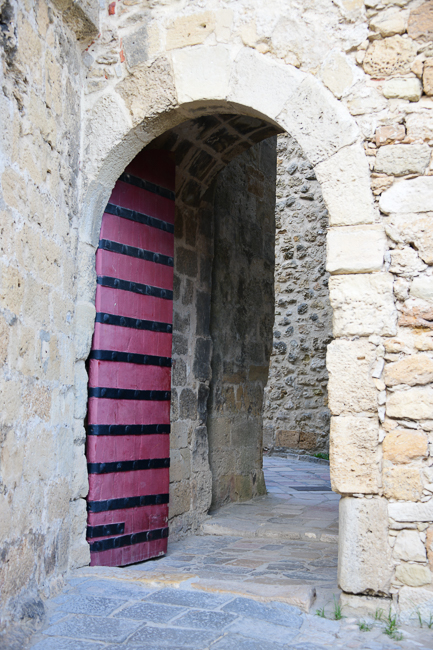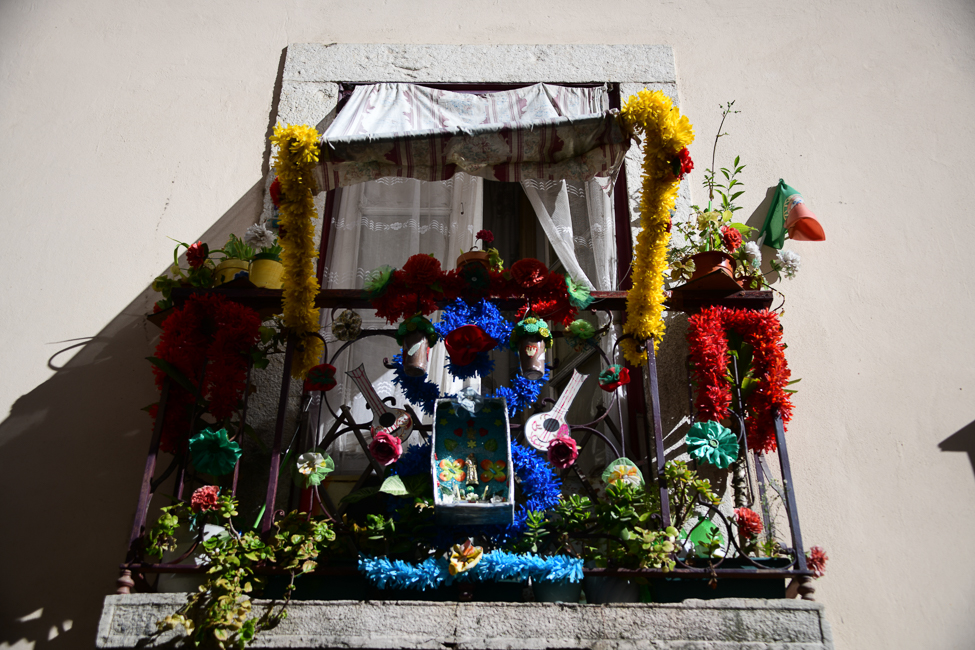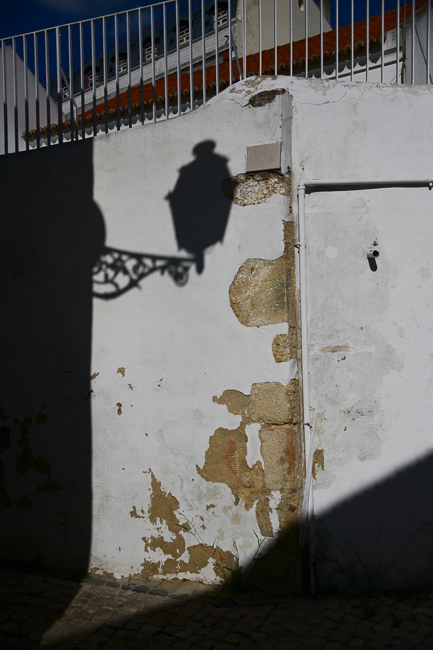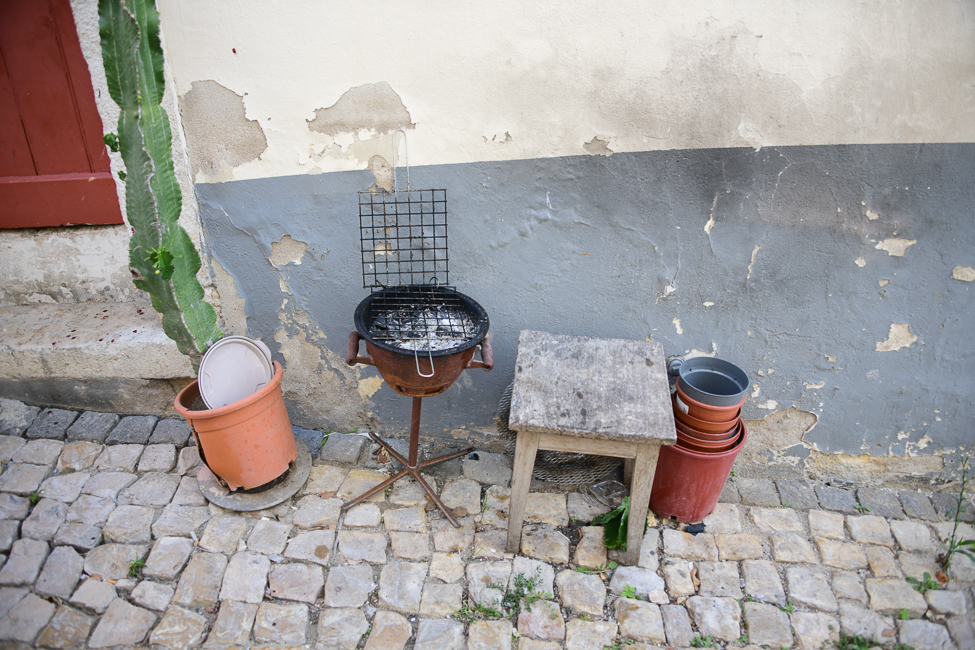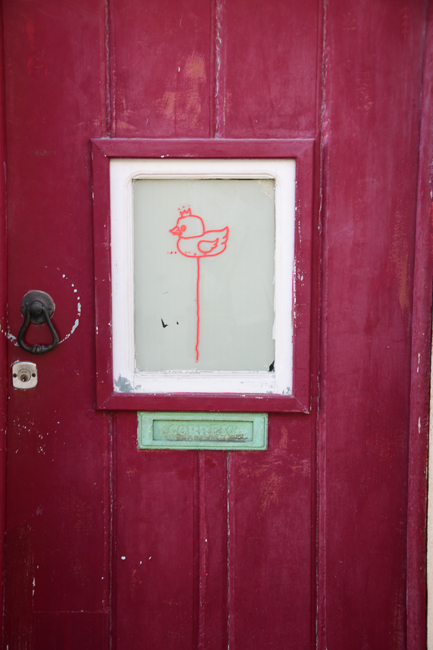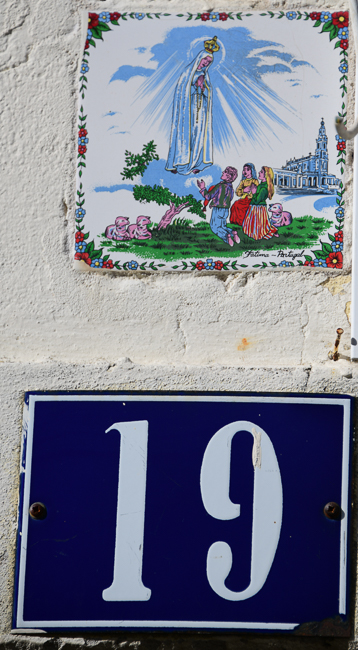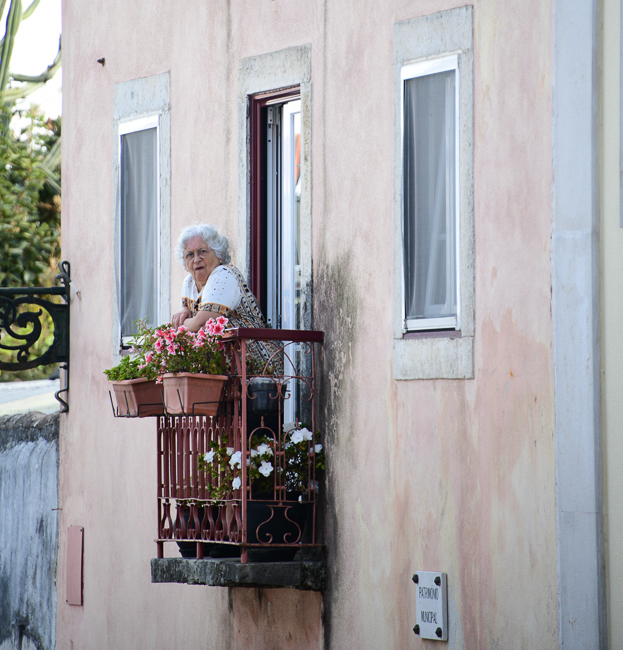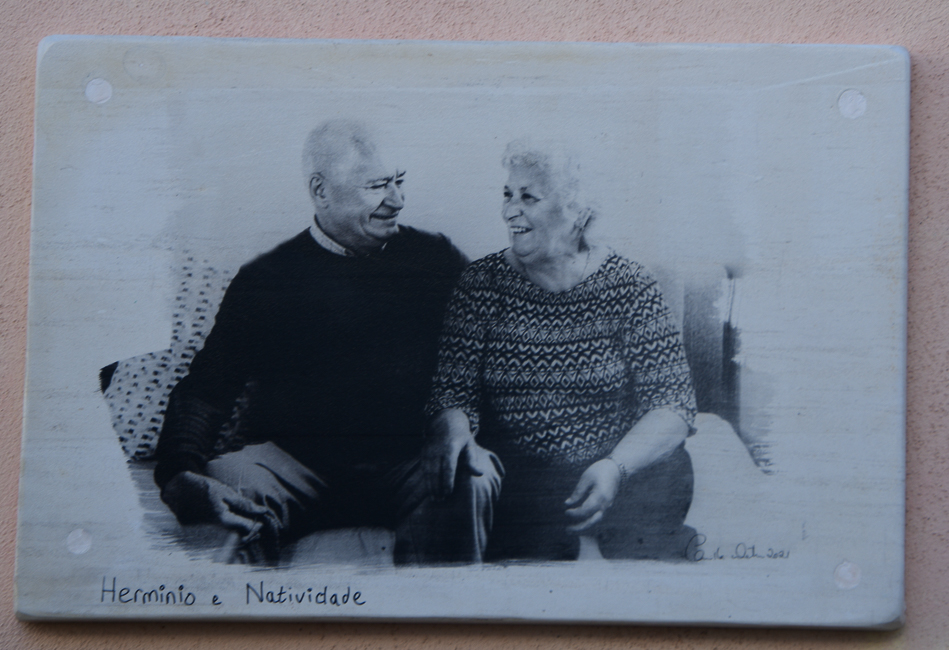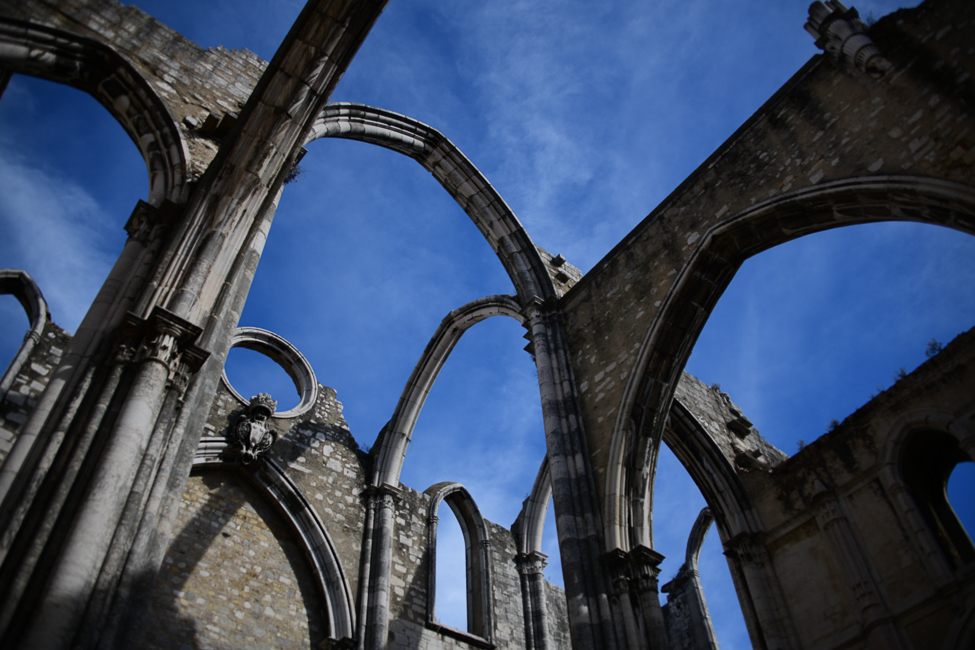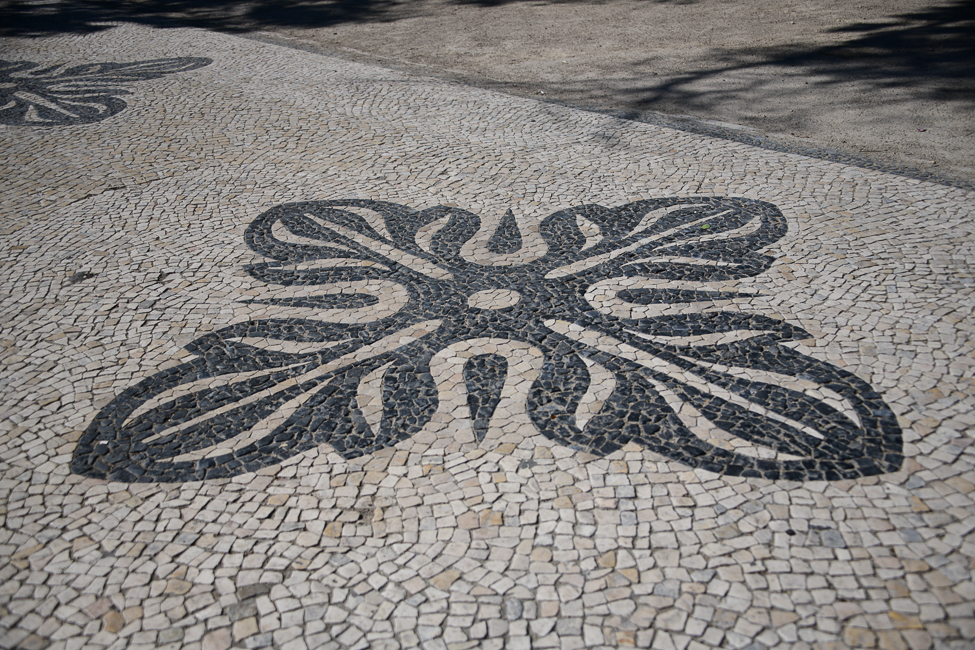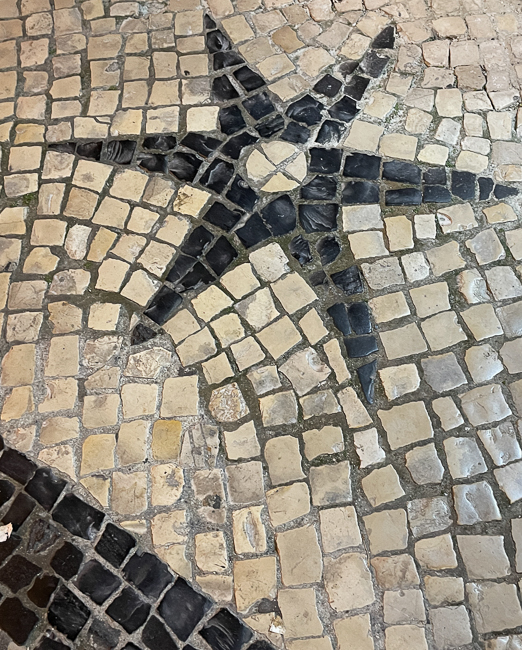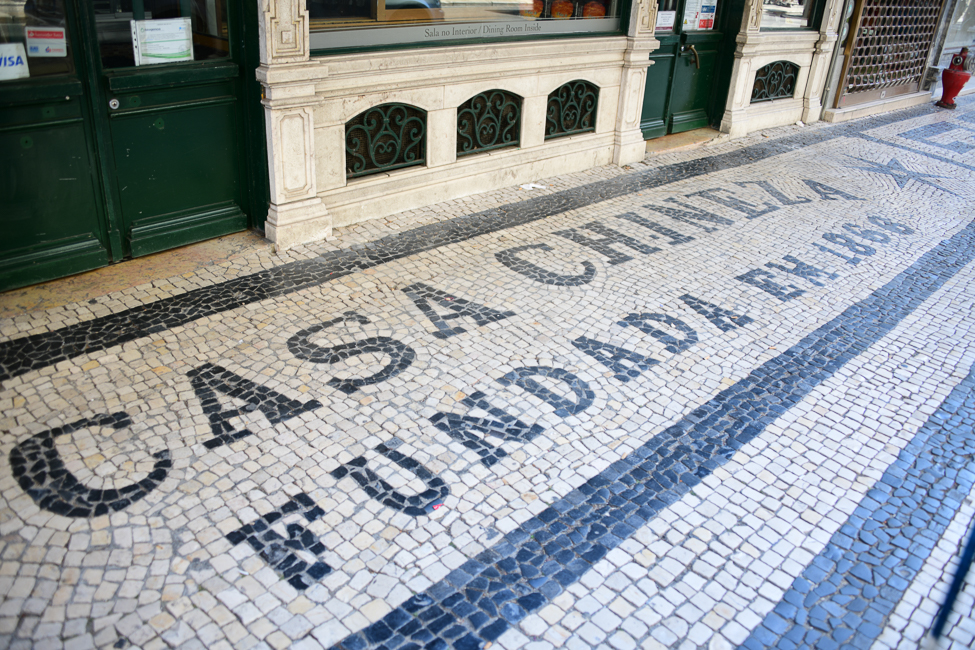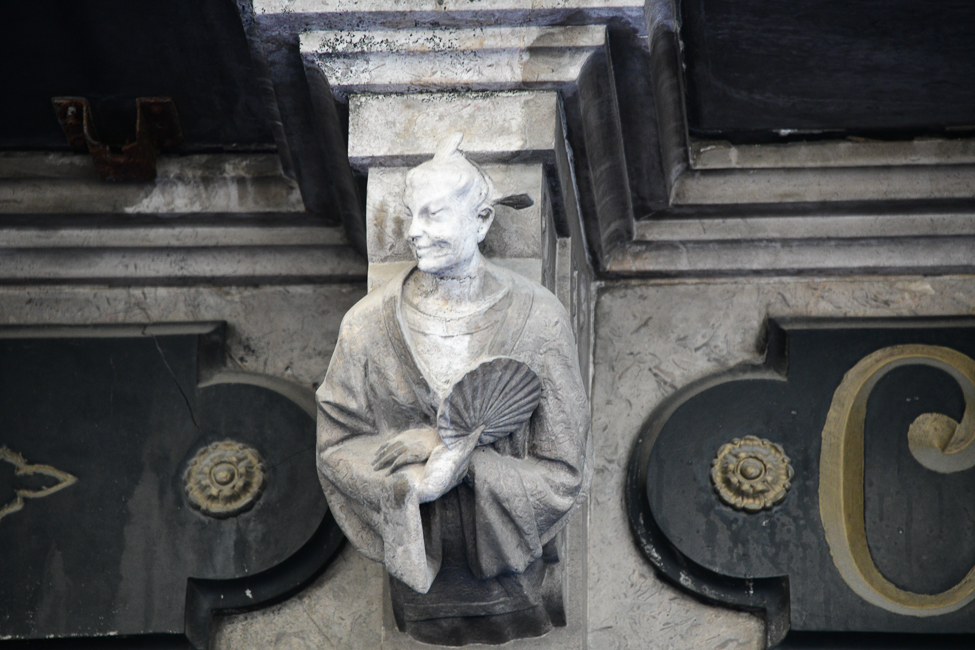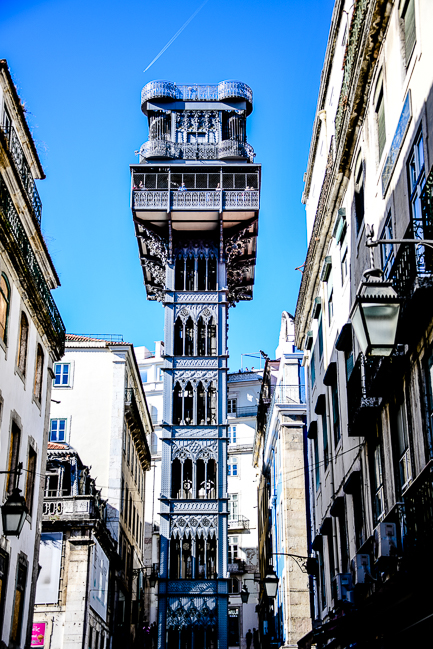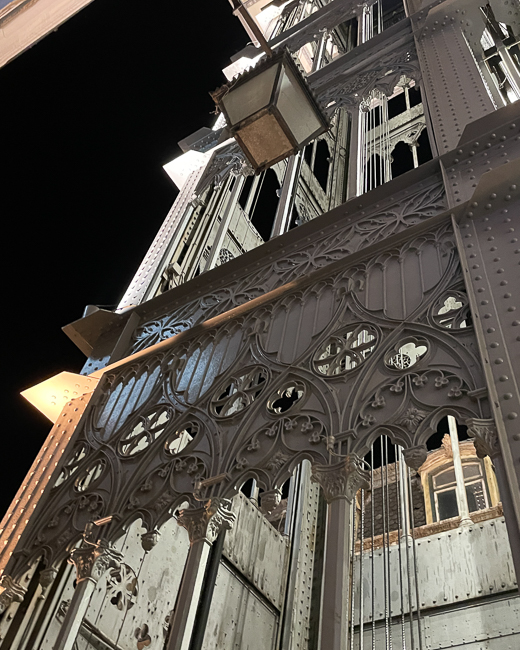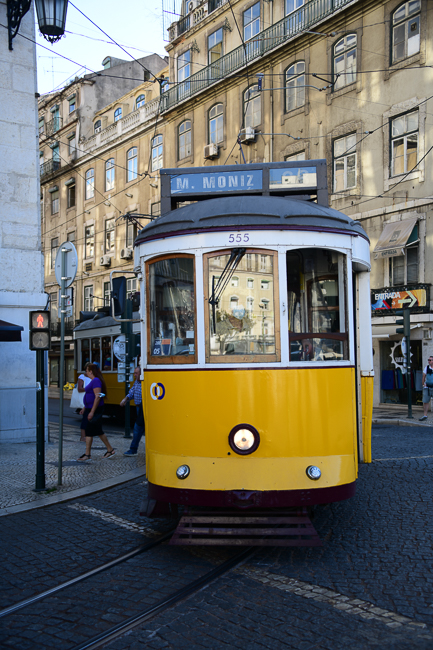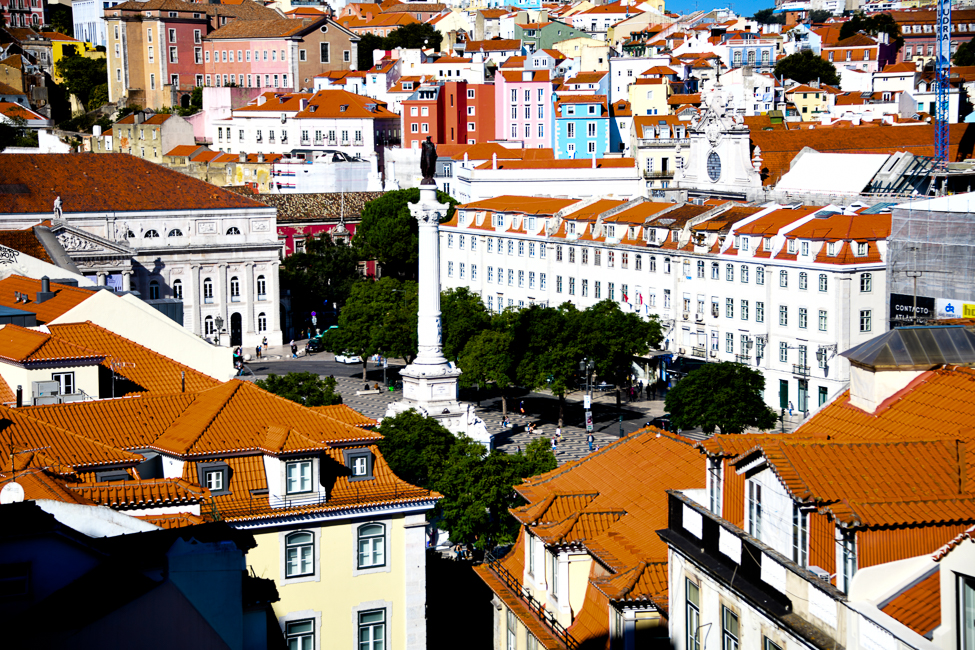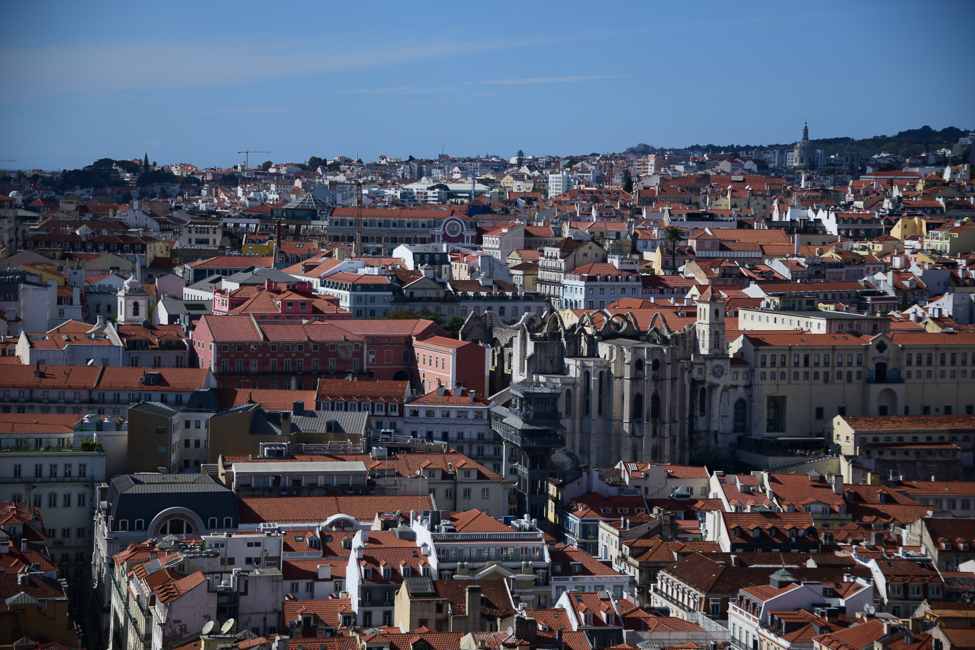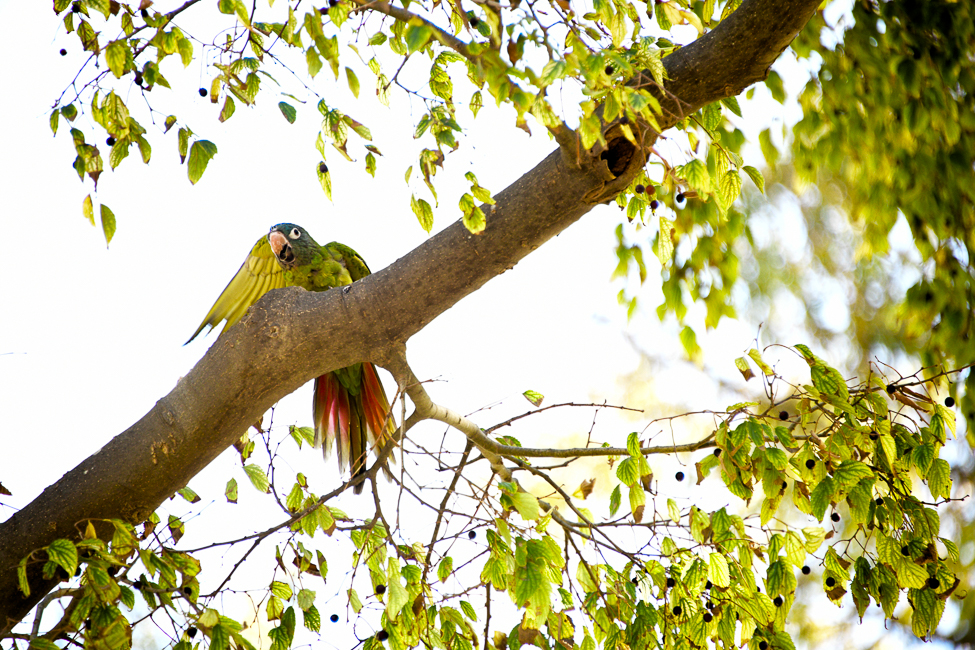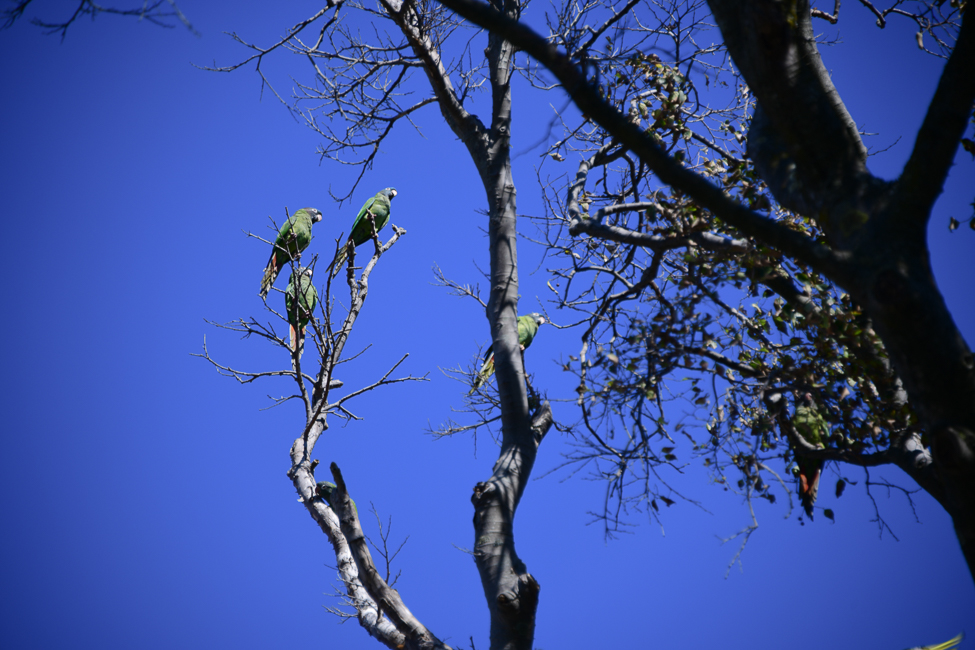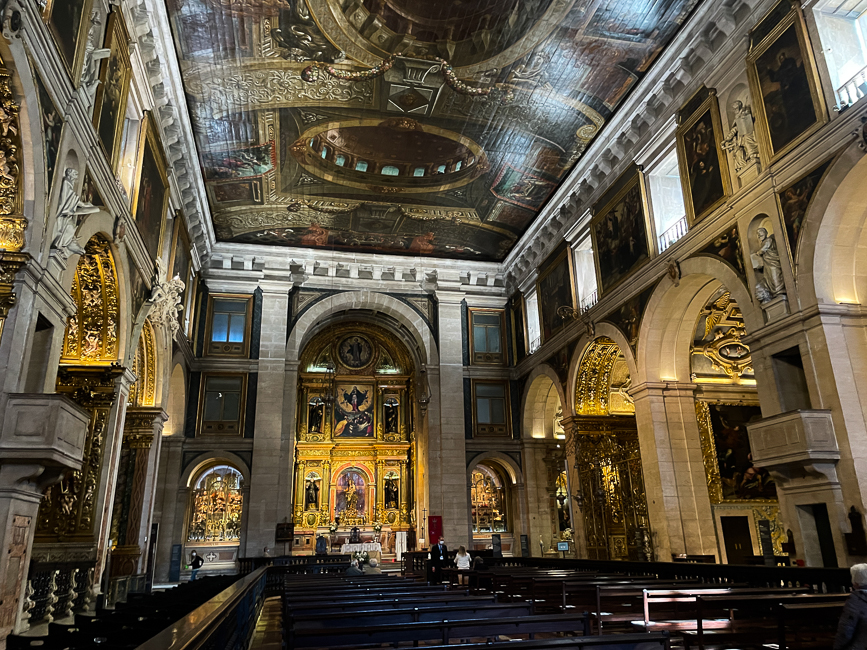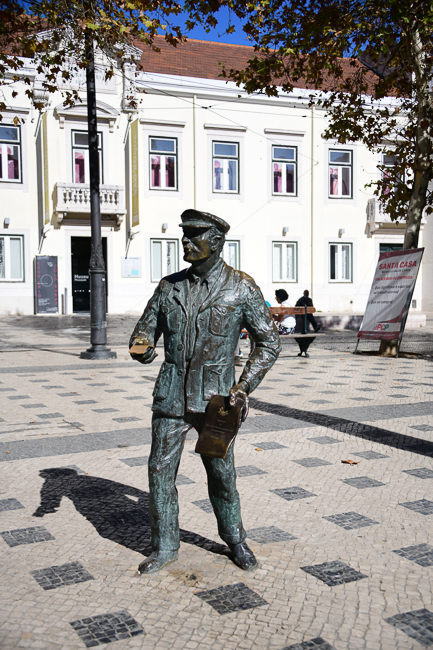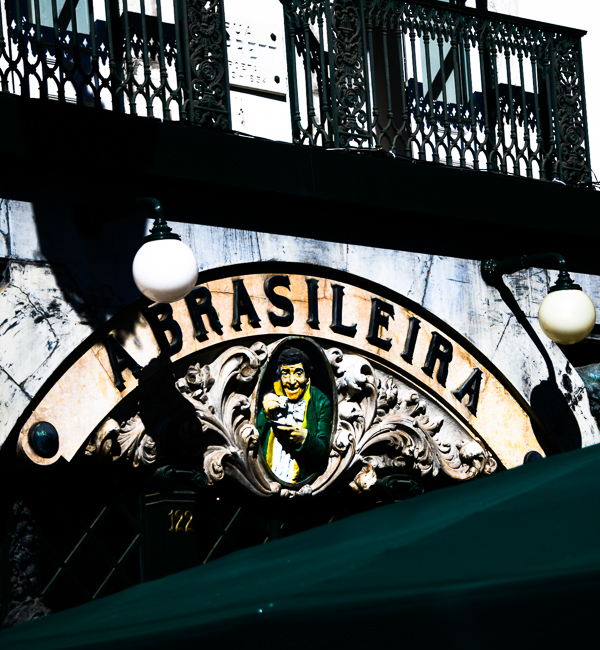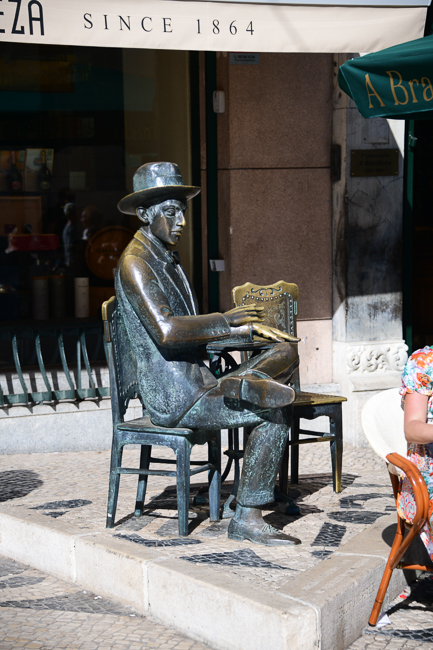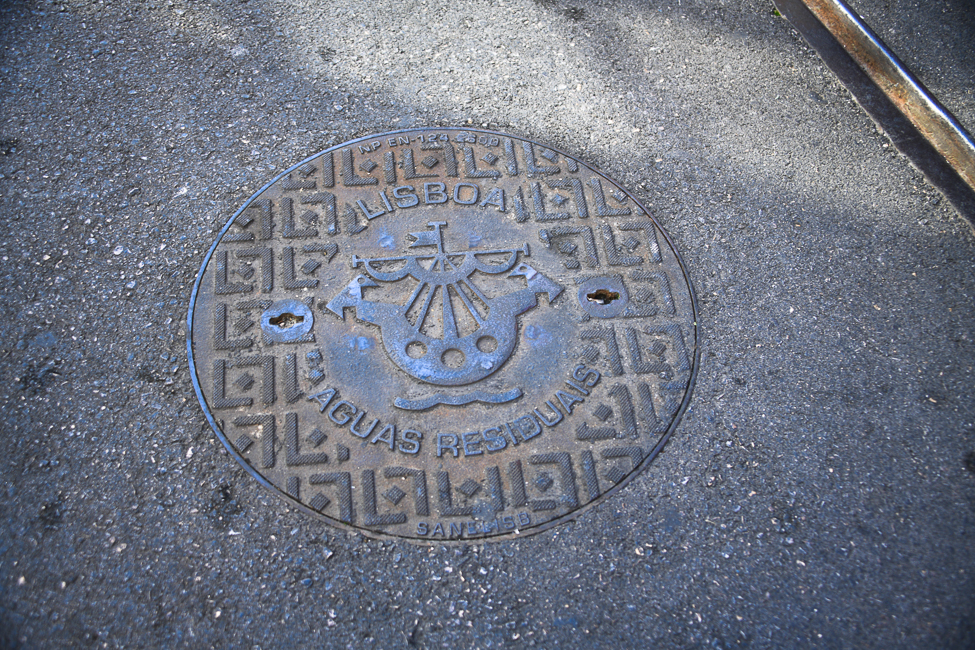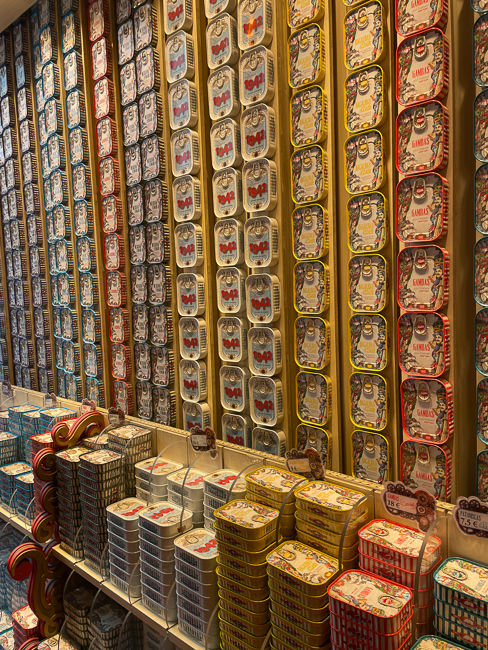October 2021
I have been wandering around Lisbon flummoxed. I am staying at a very nice hotel in the Braixa area, but directly across the street are old lovely buildings that appear to be, not only neglected, but abandoned.
One can travel around the world and never get questions answered but thanks to an expatriate American that has been more than generous with her time, and a lot of cab drivers, I am beginning to understand.
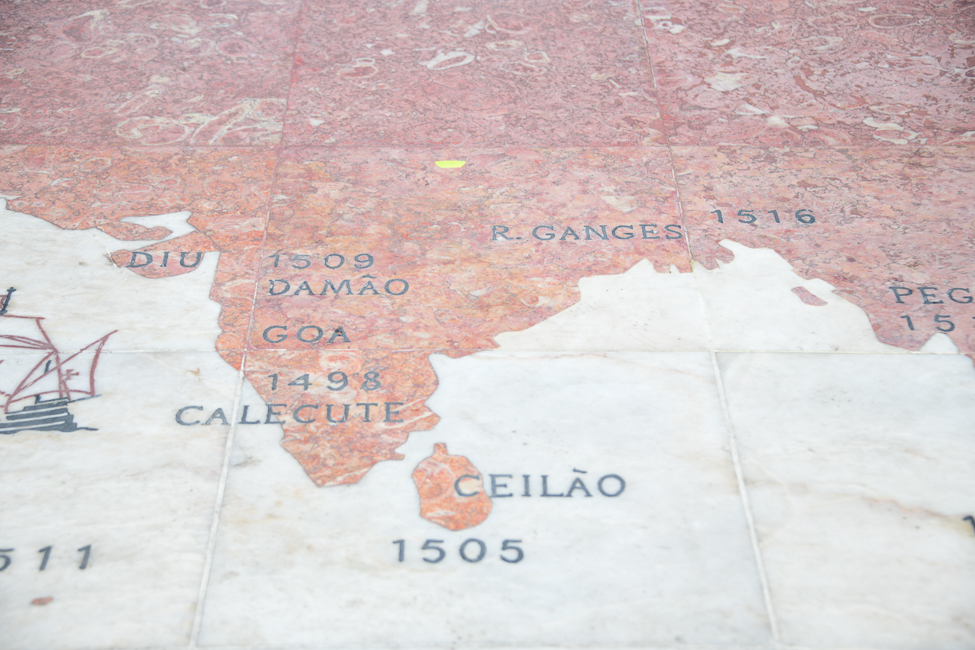
A very small section of a world map at the Monument of the Discoveries, showing all the territories conquered by Portugal
I really knew nothing of the history of Portugal, well sure Vasco de Gama is known to any school child, the horrors he inflicted, not so much. So I knew of Portugal’s colonialist period. I have already discussed the great earthquake of 1755, but that is, as they say, ancient history.
The colonialist Portugal does not explain the abandoned buildings across from this modern, upscale hotel.
I have since learned that much of what I see can be laid at the feet of the Estado Novo or The Second Portuguese Republic.
The Estado Novo, was a product of conservative and autocratic ideologies developed by Antonio de Oliveira Salazar, the President of the Council of Ministers from 1932, until he had a stroke and was unable to continue holding the office.
The Estado Novo movement was one of the longest running authoritarian regimes in Europe.
The regime was driven by a very conservative, corporate oriented, nationalistic, pro-Catholic bias. The intent was to create a multi-continental nation that included Angola, Mozambique and other Portuguese territories.
From 1950 until Salazar’s death in 1970, Portugal saw its GDP per capita increase at an annual average rate of 5.7 per cent.
Under normal circumstances, this would be a laudable goal, and yet Portugal had the lowest per capita income in Western Europe. It also had the highest rate of preventable deaths and infant mortality in Europe.
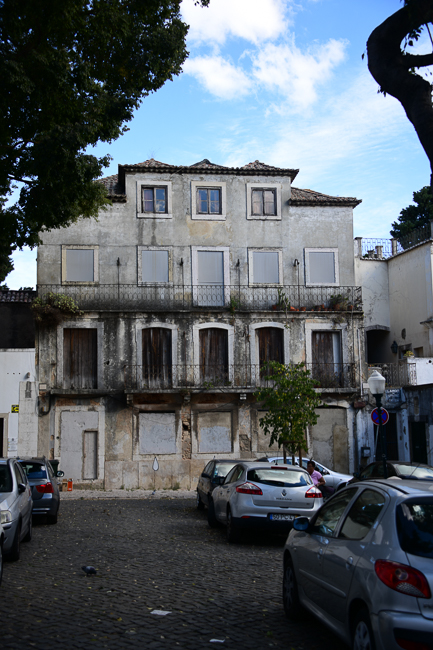 Today, Salazar’s Portugal is summed up as repressive and backward. After the coup of 1974 that removed him, a democratic Portugal came into being, it joined the European Union in 1986, and living standards have risen, and Portugal is coming into its own.
Today, Salazar’s Portugal is summed up as repressive and backward. After the coup of 1974 that removed him, a democratic Portugal came into being, it joined the European Union in 1986, and living standards have risen, and Portugal is coming into its own.

This stunning piece of art is by José Sobral de Almada Negreiros. It is in, what is now, the Four Seasons Hotel, which was built during the Estado Novo, as a meeting place for the nations of Portugal
There are other reasons for the buildings of disrepair I see and that is one you can find in so many countries of the world, an antiquated inheritance system. In Portugal if you do not leave a will, your property is divided equally amongst your family members. I imagine it was difficult to find the money to write up a will under an authoritarian regime, when you were too poor to even visit a doctor, and because of this many of the buildings I see, while having a mortgage that was paid off ages ago, is owned by an unknown number of family members whom probably can not agree on red or white wine with dinner, let alone what to do with a piece of property, that frankly isn’t costing you a dime if it just sits there and rots.
Portugal is a gem, and with help from the EU and debt forgiveness from other foreign entities, it is slowly moving forward.
If one simply looks at the architecture you can see there have been glorious spurts of energy. There are buildings that date prior to the 18th century, stunning art deco buildings, and modern sky scrapers. It is a very complicated, and overlooked pearl.
I have just a few more things to add regarding my last day in Lisbon. The first is the Museu da Agua. I love aqueducts, they are such an efficient way to deliver water, and date back to the beginning of time. You can spot an ancient aqueduct when driving around Lisbon, and at the end of one of the sections is the museum.

The focal point of the museum is this fountain, with its spitting dolphin at the top, covered with hundreds of years of mineral salts, that have created this luscious piece of art.
Built between 1731 and 1799, the Águas Livres Aqueduct formed a vast system that ran for approximately 36 miles from springs north-west of Lisbon to the capital.
The museum sits in a building designed, in 1746, by the Hungarian architect Carlos Mardel. The fountain shown above pours into a reservoir built to receive and distribute the water brought to the city by the Águas Livres Aqueduct. The tank has a capacity of roughly 200,000 cubic feet. The reservoir has been classified as a national monument since 1910.
*
April 25th Monument
The statue is in honor of the Carnation Revolution. This was the military coup that overthrew with authoritarian Estado Novo regime. It sits atop of a hill that looks down to the Tagus River. Below the statue is the Eduardo VII Park, the largest park in central Lisbon and designed by architect Keil do Amaral. The park was named for King Edward VII of the UK, who visited Portugal in 1903 to strengthen relations between the two countries.
Looking down towards the river you see another statue. That is a remarkable statue dedicated to Marques de Pombal, a Portuguese statesman and diplomat who effectively ruled the Portuguese Empire from 1750 to 1777. Pombal led Portugal’s recovery from the 1755 Lisbon earthquake and modernized the kingdom’s administrative, economic, and ecclesiastical institutions.
The statue is rather impressive.
Wandering towards Eduardo VII Park I tripped over this Fernando Botero sculpture.
Lisbon is a city that takes time to get to know. It is a very small town that feels like a very large city. It is approximately 39 square miles with a population of just under 550,000. That is not a large population for a city that size. Simply compare that to my home town San Francisco, with a size of just under 47 square miles and a population 873,965.
Lisbon has a lot of ah ha moments, getting lost, wandering alleyways is the only way to really see the city and that is what I did.
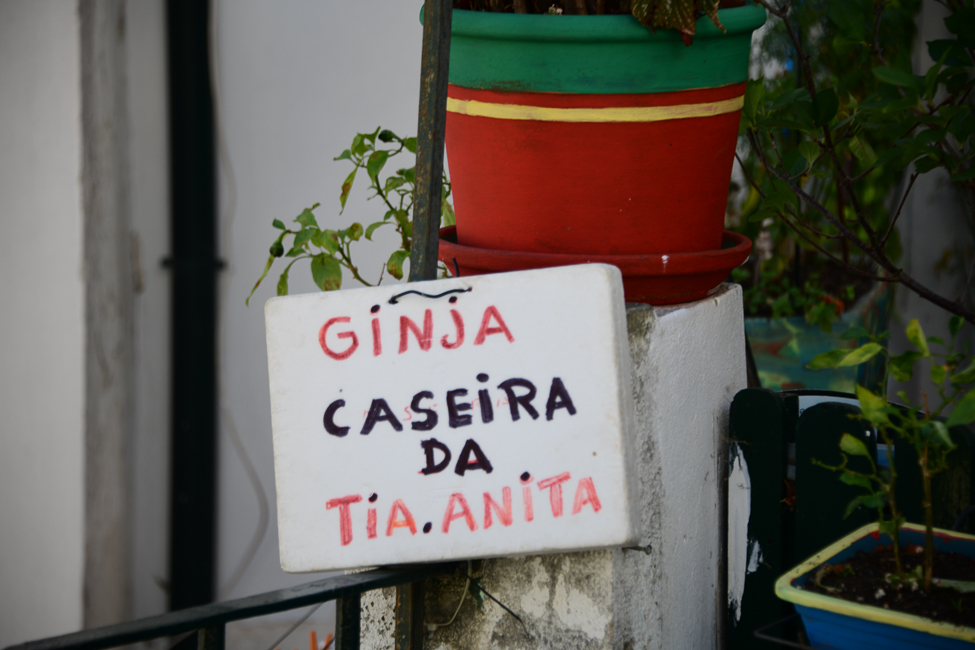
Ginja is a sour cherry liquor that is cloyingly sweet. It is thought that its origins, like many “medicinal liquors” occurred sometime in the 17th century at the hands of Cistercian monks. Walk the alleyways of Lisbon, and grandmothers invite you in to try it and buy it.
The candle shop Caza das Vellas Loreto is one of the oldest shops in Lisbon. Opened in 1789 the shop has been in the hands of the same family for seven generations. It was near halloween so the window display was orange, but it varies in color with the seasons.
A dear friend sent me an email on my last day insisting I get to Luvaria Ulisses. It was worth the very short walk. At most, 2 people can step into the store at one time, and they produce stunning gloves in every imaginable color. Opened in 1923 to cater to the stylish women of Lisbon it is a gem.
There are hundreds of moments like this if you let yourself get lost in Lisbon.
